Introduction
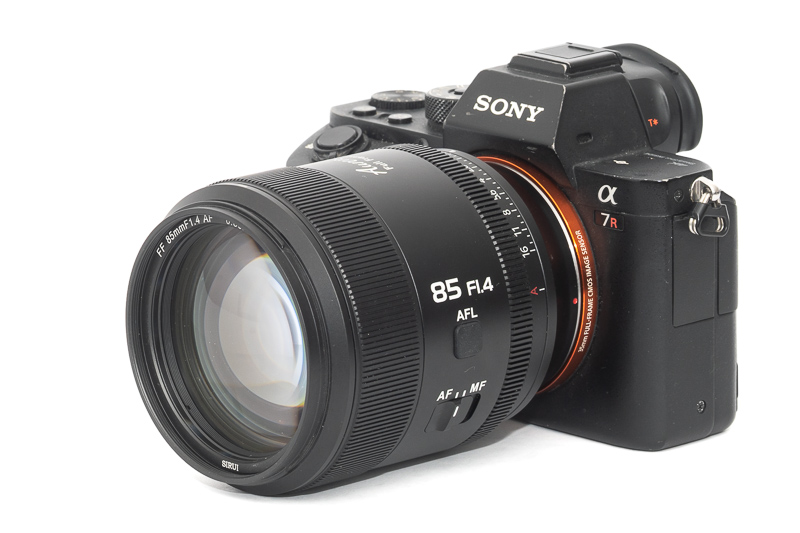
Released at the end of 2024, this Sirui 85mm 1.4 Aurora was Sirui’s first non-cine fullframe lens aimed at photographers. It is one of the most affordable and compact 85mm 1.4 lenses, but is that enough to pick it over the strong competition? Let’s try to find out in this review!
Update June 2025: Comparison to Viltrox AF 85mm 1.4 FE Pro added
Sample Images
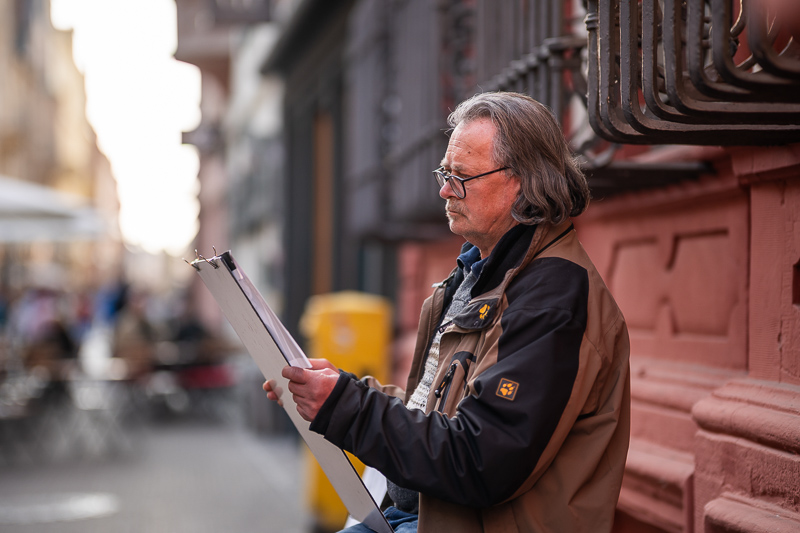
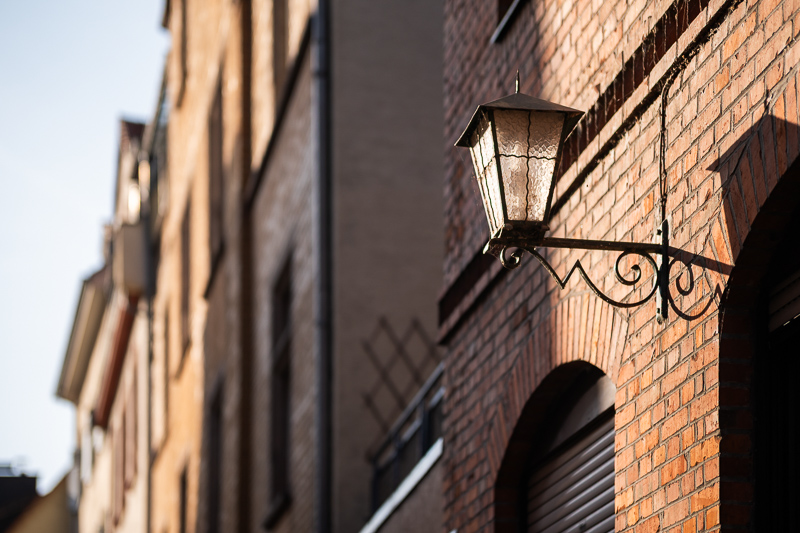

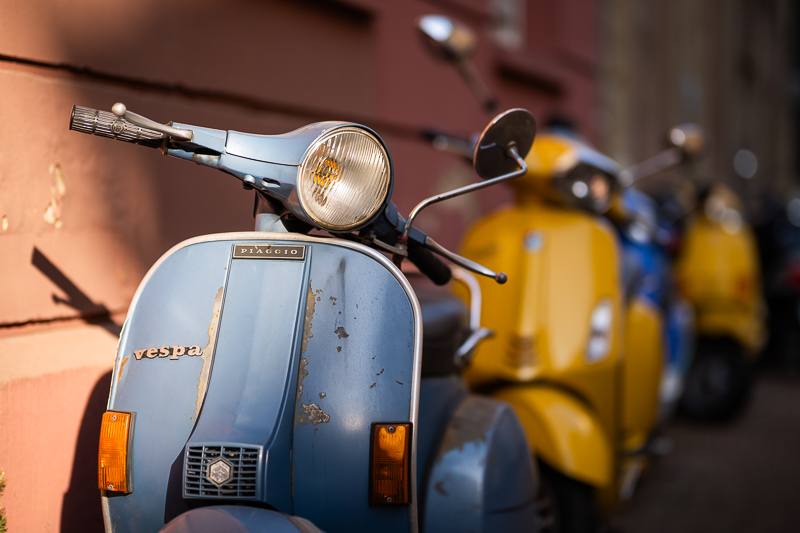
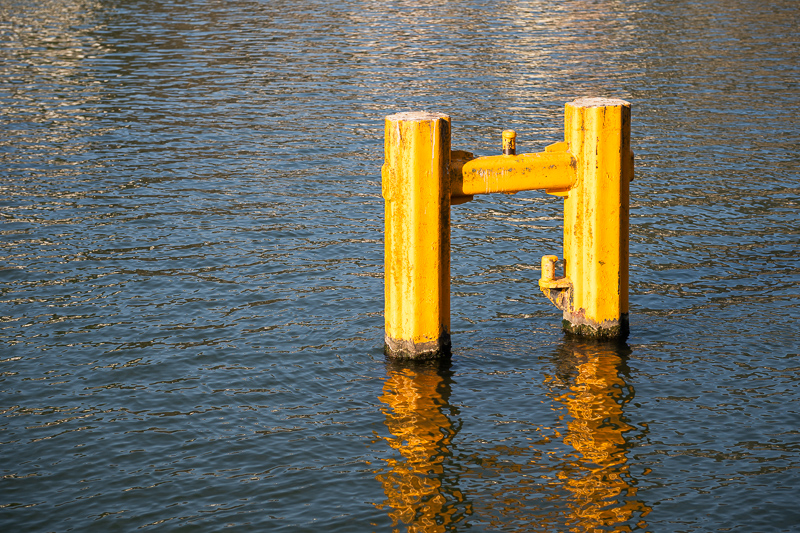
You can find many of the sample images in full resolution here.
Contents
Specifications
This Sirui 85mm 1.4 Aurora has the following specifications:
-
- Diameter: 80 mm
- Field of view: 28.64° (diagonally)
- Length: 95 mm
- Weight: 539g (without hood [37g], without caps)
- Filter Diameter: 67 mm
- Number of Aperture Blades: 15 (rounded)
- Elements/Groups: 14/9
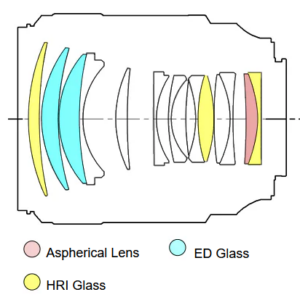
- Close Focusing Distance: 0.85 m
- Maximum Magnification: 1:8.0 (measured)
- Mount: Sony E, Nikon Z, Fuji X
- Released: October 2024
buy from amazon.com | amazon.de | B&H | ebay.com | ebay.de (affiliate links) for $499
Disclosure
Our reader Moritz sent me this lens for a review. Thanks a lot!
Handling/Build quality
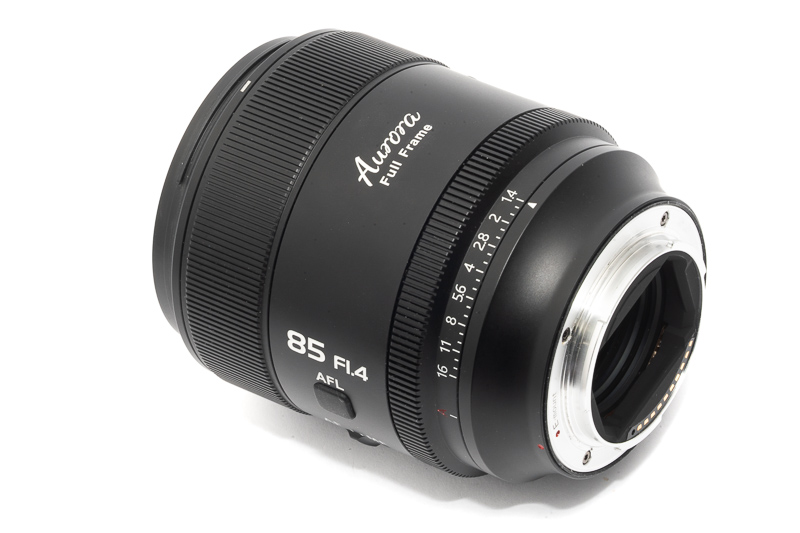
This is the first Sirui lens I am reviewing, so naturally we will be having a closer look here.
The focus ring is by-wire and has a linear coupling with a throw of 360°. For my taste that is a bit long, I would have personally preferred 180° here. When you turn your camera off the lens will remember the last focus position and will still be there when you turn the camera on again.
Despite being a rather affordable lens, we get an aperture ring which works the same as those on Sony’s GM lenses as well as Sigma’s E-mount lenses that feature one.
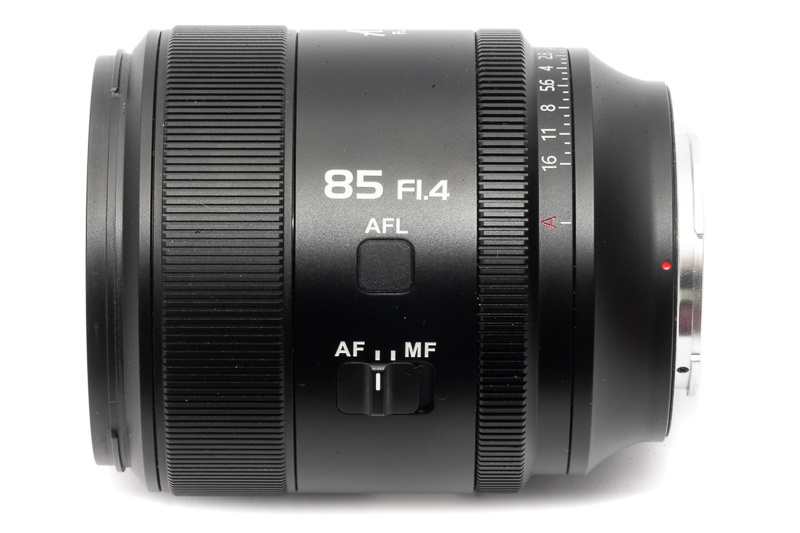
It doesn’t stop there, the lens also features an AF/MF switch, a lens button as well as a de-click lever on the other side.
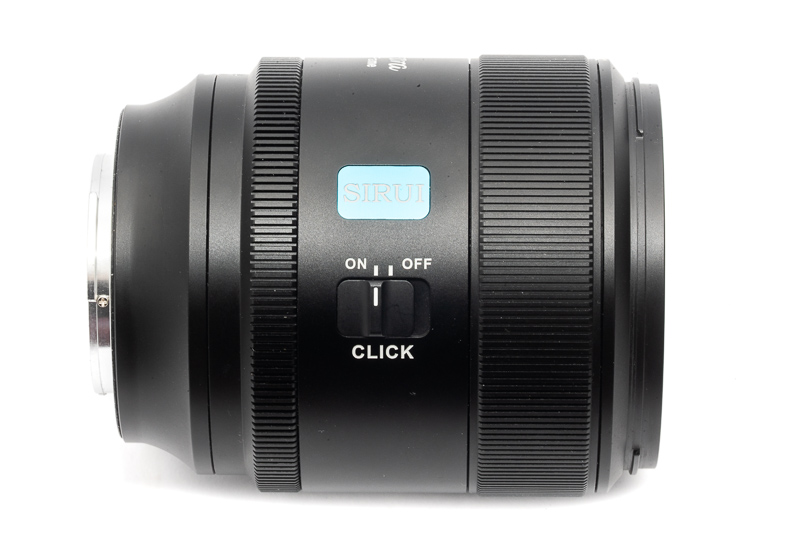
At the bayonet there is also a USB-C socket to be found for potential firmware updates – very similar to Viltrox’ design.
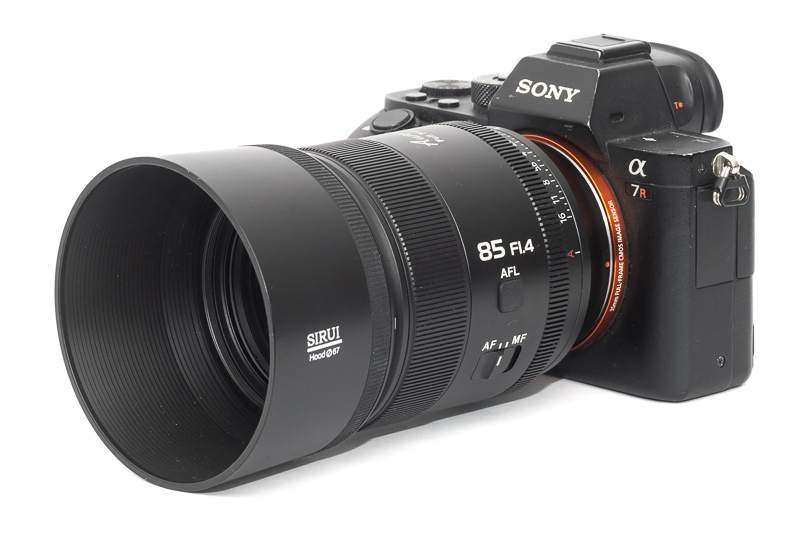
A plasticky bayonet style lens hood is also part of the package and interestingly it features a small rubber ring for better grip.
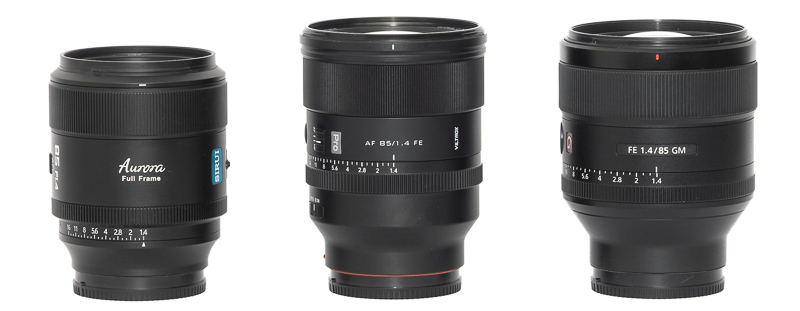
This Sirui 85mm 1.4 Aurora is the most compact 85mm 1.4 lens for E-mount I have used so far. With its 67mm filter thread it is noticeably smaller than the Viltrox AF 85mm 1.4 AF Pro or Sony’s second generation Sony FE 85mm 1.4 II. It is also around 100g lighter than the Sony MK II, but the Samyang AF 85mm 1.4 FE II is even a tiny bit lighter.

On the Nikon Zf I also tried it with three different E->Z adapters, the Megadap ETZ21, the Neewer ETZ and the Viltrox E to Z. It only worked well with the Megadap ETZ21pro.
AF performance
I am not shooting sports or fast moving animals/humans so if you want to know if the lens is fast enough for this, or how it compares to other lenses in this segment, you may have to look for a different review with a more detailed assessment of this aspect.
Compared to other recent 85mm 1.4 lenses, e.g. the Sony FE 85mm 1.4 GM II and the Viltrox AF 85mm 1.4 FE Pro, I found this Sirui to focus a bit slower and also that it takes a bit longer to acquire a target.
Vignetting
light falloff
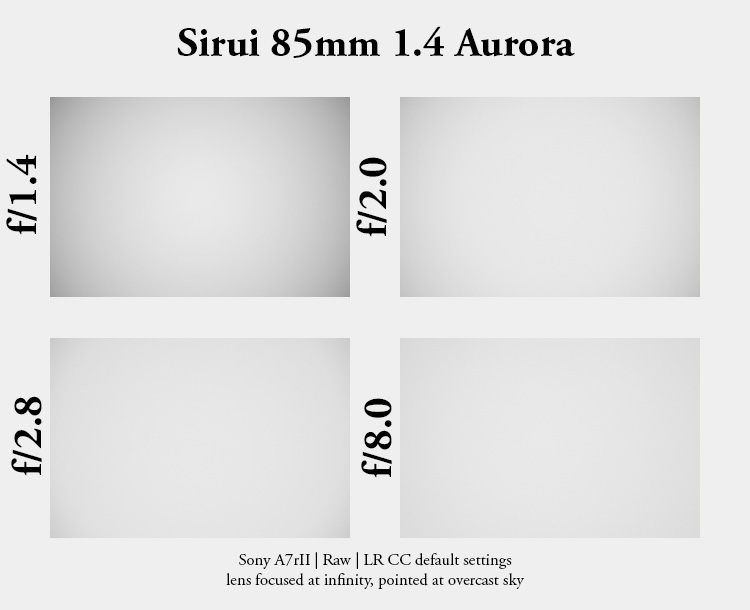
| f/1.4 | 2.0 EV |
| f/2.0 | 1.2 EV |
| f/2.8 | 0.9 EV |
| f/4.0 | 0.6 EV |
| f/5.6 - f/11 | 0.5 EV |
I was a bit afraid the small front element may lead to higher vignetting figures, but that isn’t the case here. At f/1.4 this Sirui even shows a little less vignetting than the Sony FE 85mm 1.4 GM II, Viltrox AF 85mm 1.4 AF Pro and the Sigma 85mm 1.4 Art DG DN. Not bad.
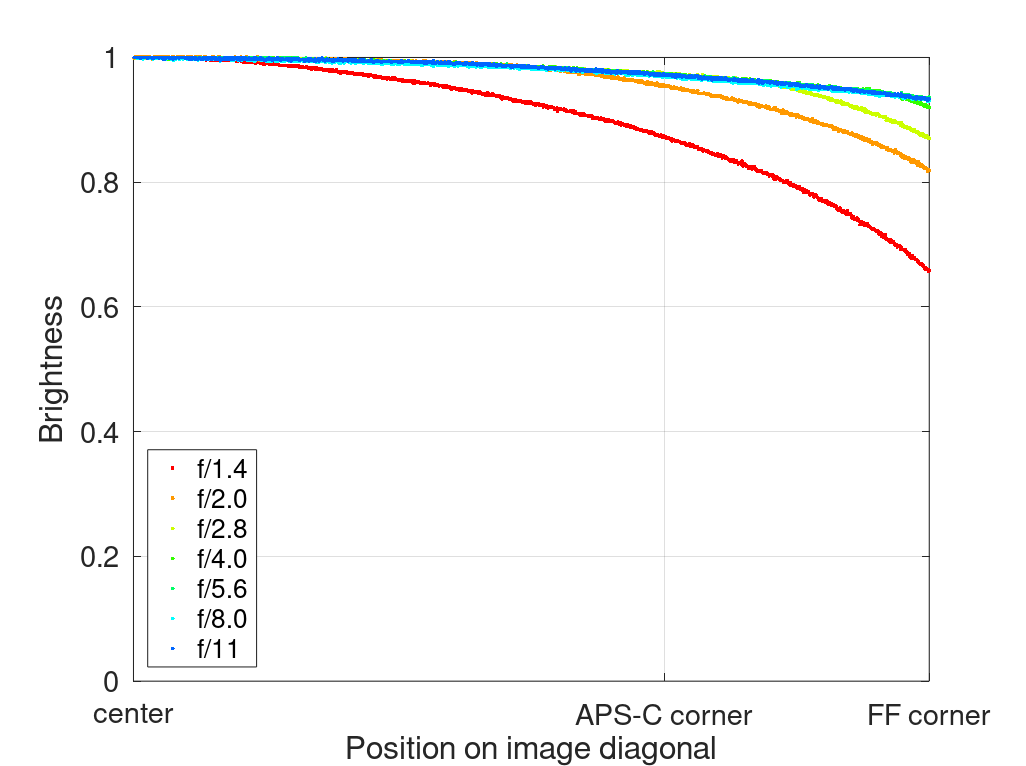
It is recommended to have a look at this article first to get an idea how this brightness graph works.
optical vignetting
Fast lenses usually show a noticeable amount of optical vignetting. Without going too much into technical details optical vignetting leads to the truncation of light circles towards the borders of the frame.
In the center of the frame almost every lens will render a perfect circle, but only lenses with very low optical vignetting will keep this shape in the corners.
So in the following comparison we move from the center (left) to the extreme corner (right) and see how the shape of the light circle changes.
I did not shoot these lenses side by side, therefore the sizes of the circles are not directly comparable.
Most 85mm 1.4 lenses feature a 77mm filter thread, whereas this Sirui 85mm 1.4 Aurora comes with a much smaller 67mm thread. I was afraid that smaller diameter may lead to increased optical vignetting, but to my surprise that isn’t the case.
In fact, this Sirui 85mm 1.4 shows a surprisingly low amount of optical vignetting, easily on the same level as the first generation Sony FE 85mm 1.4 GM.
Also the polishing of the aspherical element is really good, as I don’t see any onion ring structures here.
Sharpness
Focus Shift
Because this is an AF lens and at wider apertures the modern Sony bodies focus at working aperture anyway it hardly matters if there was any focus shift.
I still check with these AF lenses, too, and this Sirui 85mm 1.4 Aurora actually shows pretty strong focus shift. So if you are taking stopped pictures tripod based – where I usually focus manually at the maximum aperture – I would recommend to stop down to f/2.8 before focussing instead of doing that at f/1.4.
infinity (42mp Sony A7rII)
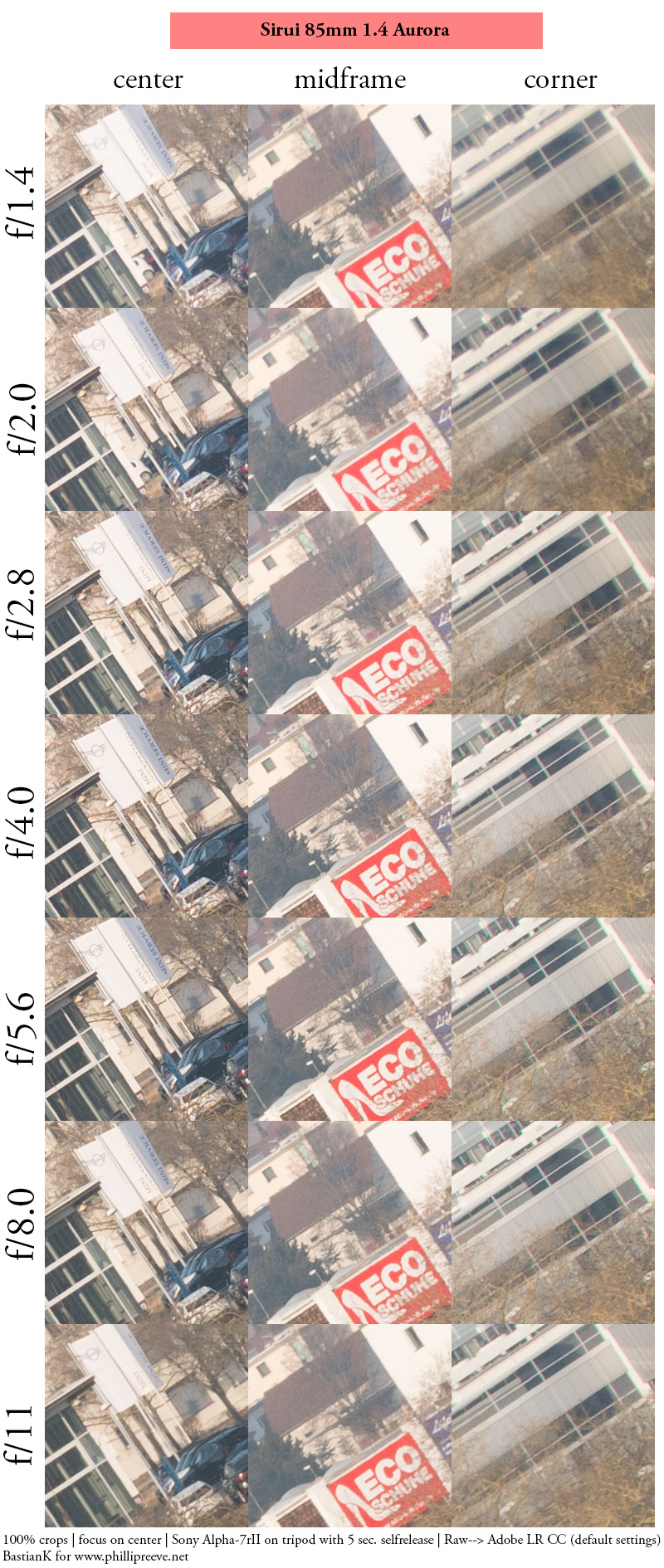

Generally this Sirui 85mm 1.4 Aurora shows a good performance here, but the corners surely benefit from stopping down. Peak performance across frame is reached at f/5.6.
The Sony FE 85mm 1.4 GM II, the Sigma 85mm 1.4 Art DG DN and the Viltrox AF 85mm 1.4 FE Pro show an even more impressive performance here, as they all look really great across frame from f/2.0. It depends on the applications you have in mind for a lens like this, if you actually need that great across frame performance at wider apertures though.
portrait distance (2.0 m, 42mp Sony A7rII)
For portraiture it isn’t so important how flat the field is, it is more interesting to see what the sharpness is like when focused at different parts of the frame to take field curvature out of the equation.
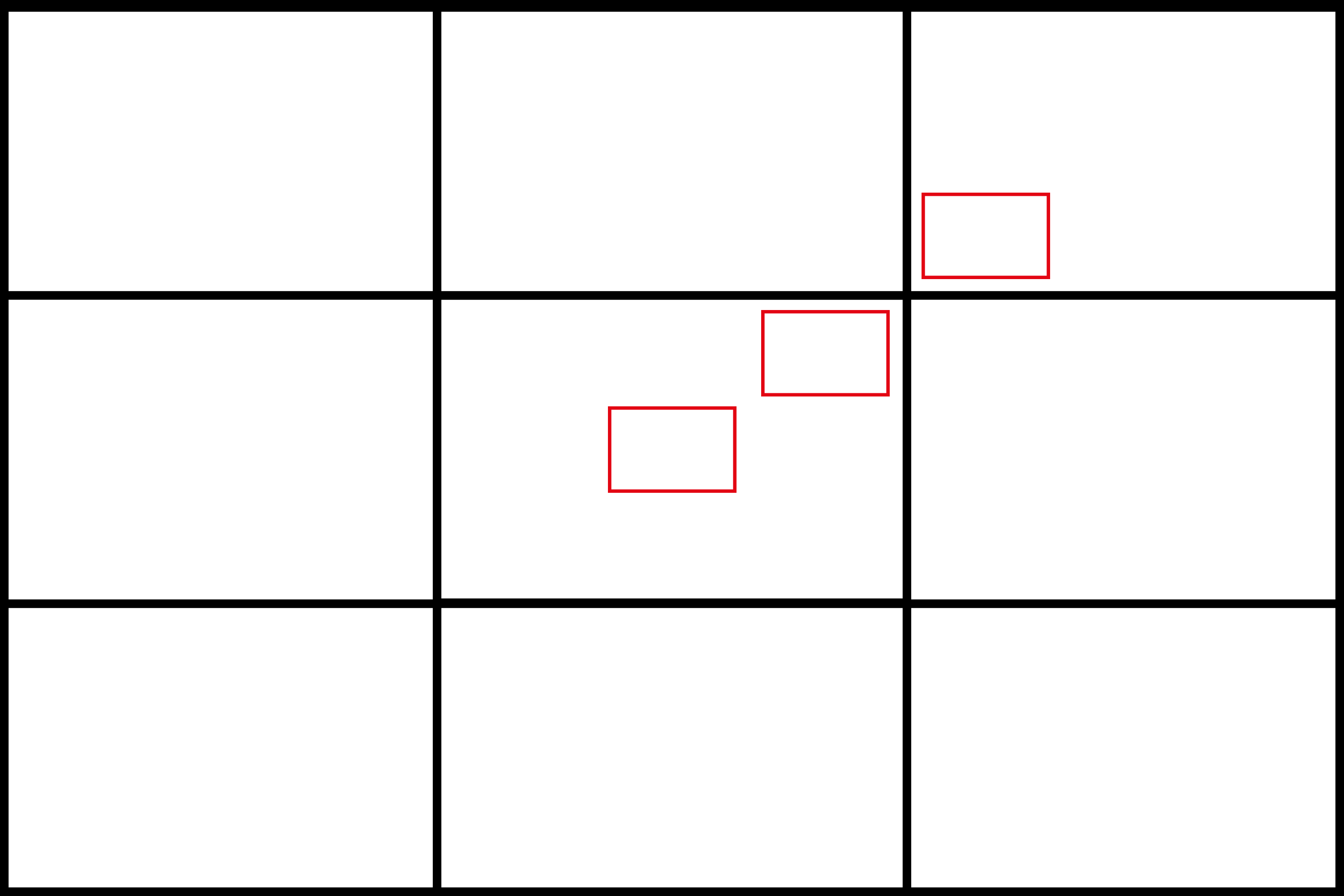
This is what I did here, I refocused for every shot and aperture to get the best possible result at different locations in the frame (center, inner midframe and outer midframe).
Focus distance was roughly 2.0 m and the circle of the dollar bill is more or less the size of a human eye.
f/1.4 <————> f/2.0
Also here this Sirui shows a good, but not an excellent performance. Off center it is a bit softer at f/1.4 and it doesn’t have the crazy high resolution and contrast of the Sony FE 85mm 1.4 GM II, that shows Moirè everywhere in the frame from f/1.4.
For portrait applications this performance is more than good enough, but if you are looking for an 85mm 1.4 lens with best in class resolution and contrast from f/1.4, the Sony FE 85mm 1.4 GM II and the Sigma 85mm 1.4 Art DG DN are better choices and also the Viltrox AF 85mm 1.4 FE Pro shows a better performance than this Sirui lens.
close (0.8 m, 1:8.0, 42mp Sony A7rII)
I was a bit surprised here, as for a modern lens the performance at the minimum focus distance isn’t exactly something to write home about. To get really crisp results at here, stopping down to f/2.8 is advisable. All the other 85mm 1.4 E-mount lenses we have reviewed so far (e.g. both of Sony’s GM lenses, the Sigma 85mm 1.4 Art DG DN and the Viltrox AF 85mm 1.4 FE Pro) show a better performance here.
Flare resistance
As always evaluating flare is a complex matter since you can get any lens to look bad if you push it hard enough and a slight change of scenario can affect results a lot.
Fast tele lenses have rarely performed well in this category, but lately there have been a few positive surprises, will this Sirui follow that trend?
At f/1.4 we see a notable amount of veiling flare, some ghosts and the colors are generally affected.
Stopped down to f/11 I massive ghosts can be encountered and also here the contrast suffers a lot from veiling flare.


After having used this lens in the field I have to say I wouldn’t like to use it in backlit scenarios. In many cases the pictures come out unusable, even though the light source isn’t even in the frame.
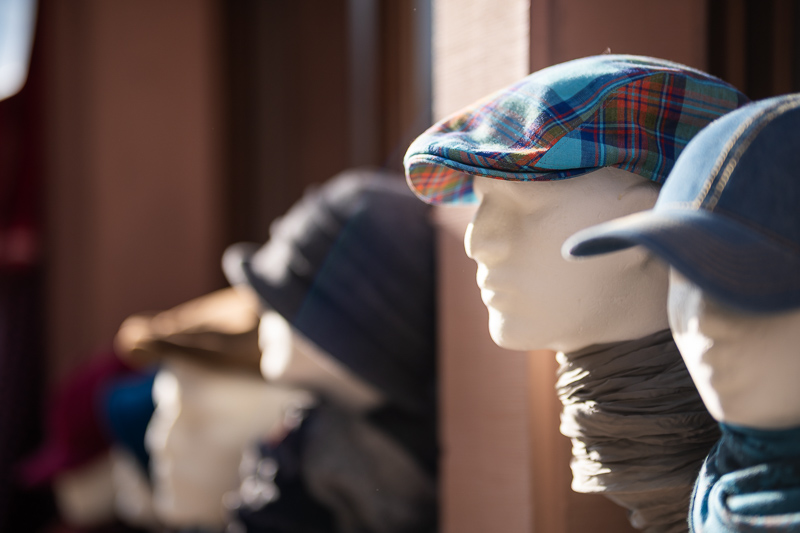
You may also come across less obtrusive artefacts like in the picture above, which you will only notice later one.
I am afraid if you are looking for a good performance in this category, you may want to consider buying a different lens (e.g. the Sony FE 85mm 1.4 GM II or the Viltrox AF 85mm 1.4 FE Pro).
Coma
We can see some Coma artefacts at f/1.4 and still a very small amount at f/2.0. For typical portrait applications this hardly matters, but if you are looking for a fast 85mm lens to be used for astro photography at wider apertures the Sony FE 85mm 1.4 GM II and the Sigma 85mm 1.4 Art DG DN are better options.
Distortion
The Sirui 85mm 1.4 Aurora shows a comparably high amount of pincushion distortion. When I reviewed this lens there was no lens specific correction profile available in Lightroom The distortion is mostly uniform though, so easily corrected by dialing in -8 in Lightroom/Photoshop.
Bokeh

All the modern 85mm 1.4 lenses create a very appealing bokeh, but as usual let’s check how this lens performs at different distances.
Close distance
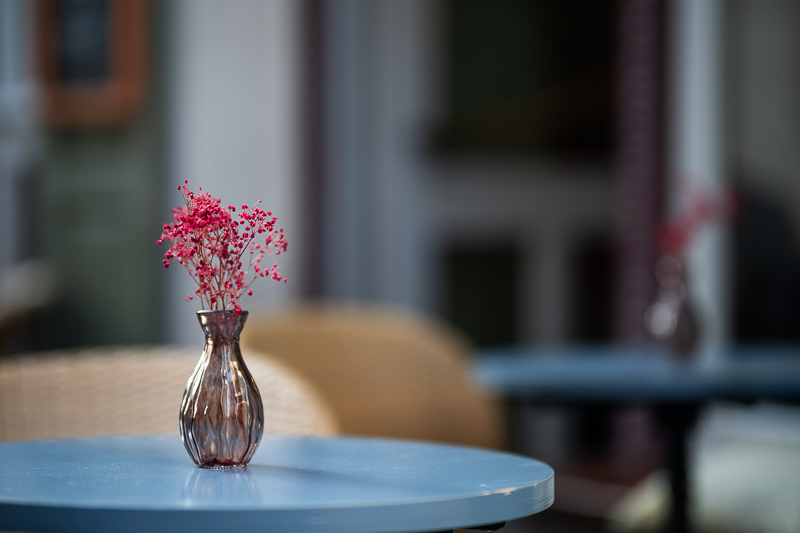
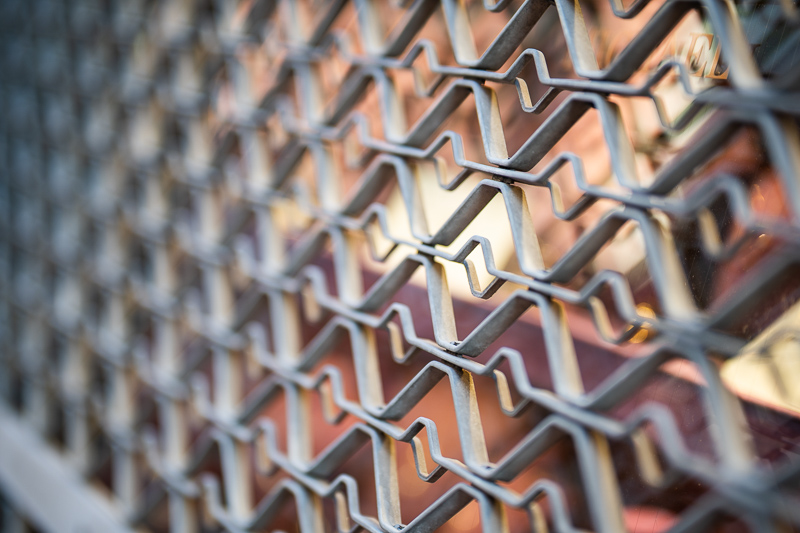
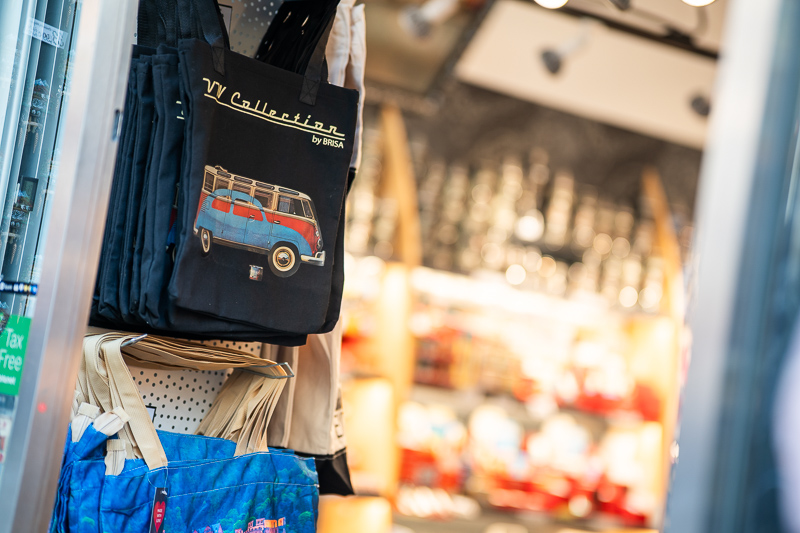

The bokeh is very smooth at coser distances, as we would expect from a lens with these parameters.
Mid distance
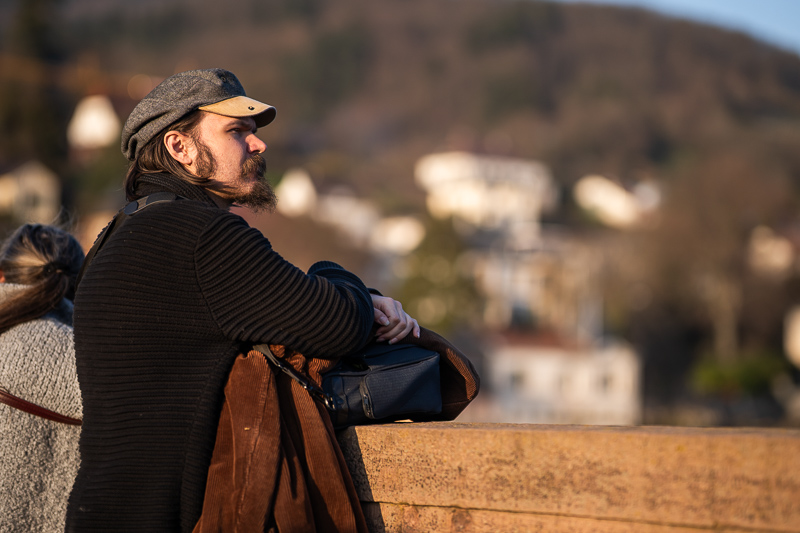
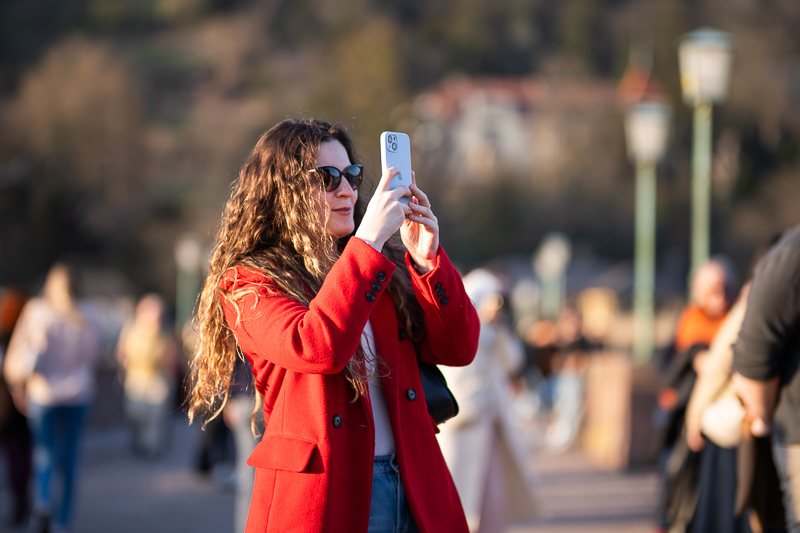


Also at mid distances it creaties a clean, smooth and unobtrusive background bokeh. Did you notice the slightly lower resolution and contrast at f/1.4 compared to some of the competitors here? I didn’t.
Long distance



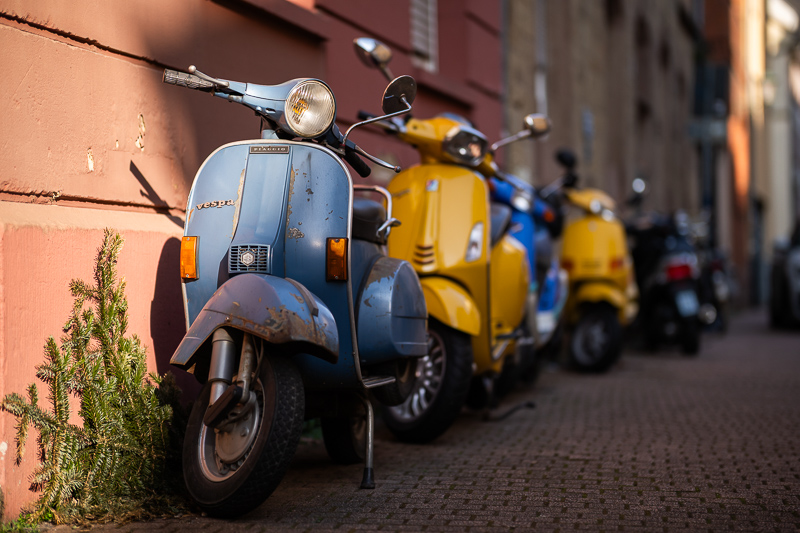

At longer focus distances also these 85mm 1.4 lenses may show some issues with doubled edged structures when dealing with complex backgrounds, but that isn’t the case here, not even in the challenging backlit scenes.
The differences between all these modern 85mm 1.4 are pretty small. If you don’t manage to take nice portraits with any of them, it certainly ain’t the lens’ fault.
I still decided to do a small comparison to the Sony FE 85mm 1.4 GM and the Viltrox AF 85mm 1.4 FE Pro, which we will have a look at now.
Compared to: Viltrox AF 85mm 1.4 FE Pro and Sony FE 85mm 1.4 GM MK I
The Sirui is the widest of these three lenses and the Viltrox the longest, so the Sirui’s and Sony’s pictures have been cropped slightly.
Scene 1: Forest Close
Scene 2: Forest Mid
Scene 3: Forest Mid
Scene 4: Forest Far
Scene 5: Forest Far
Scene 6: Forest Far
Observations
What can we learn from these comparisons?
As we have already seen in previous comparisons, the first generation Sony FE 85mm 1.4 GM has some issues with veiling flare reducing the contrast. This is most obvious in Scene 4, where the light seems to have come from a rather unfortunate angle. When looking at the bokeh crops it does render the smoothest though, obliterating more structures than the others.
The Viltrox AF 85mm 1.4 FE Pro has the highest contrast and resolution out of these lenses. When it comes to bokeh it is my least favorite here though, looking less smooth than the others.
The Sirus 85mm 1.4 Aurora, at close distances shows even less optical vignetting than the Sony FE 85mm 1.4 GM and is almost as sharp and contrasty as the Viltrox AF 85mm 1.4 FE Pro. Quite impressive for being the smallest lens in this comparison. It is also the widest of these three and has been cropped a bit, putting it at a disadvantage here.
Don’t try to read too much into these tiny differences. To most people these lenses will look just the same and I wouldn’t mind shooting a wedding with either of these.
Sunstars
While many of the recent higher end 85mm lenses like the GM primes feature 11 rounded aperture blades, Sirui decided to go for 15 rounded here, which I am not sure I have seen in combination with an electronically controlled aperture diaphragm yet.
This high number of blades is good for keeping out of focus highlights perfectly round on stopping down, but it isn’t great news when it comes to sunstars. This lens creates frayed sunstars made of rays of uneven length, so it is not a particularly great choice if you are a sunstar lover. If you want to learn more about this topic have a look at this article.
Chromatic aberration
lateral
Such strong lateral CA are not something I come across often in a modern lens. As you can see it even pushes the digital correction to its limits, as some faint discoloration remains even after correction.
longitudinal
Considering its small size and low price the Sirui shows an impressive performance here, showing hardly any bokeh fringing.
Sony A7rII | Sirui 85mm 1.4 Aurora | 100% crops
Also purple fringing is hardly existing.
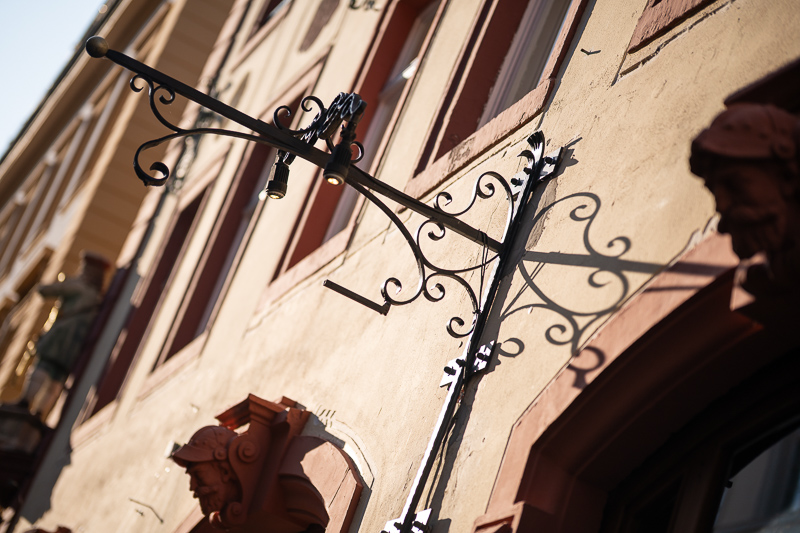
Many 85mm 1.4 lenses would show some purple fringing in the scene above, but not this Sirui 85mm 1.4 Aurora. In this category its performance easily matches way more expensive lenses like the Sony FE 85mm 1.4 GM II.
Conclusion
good
|
average
|
not good
|
When a reader approached me if I want to review his Sirui 85mm 1.4 Aurora, I was hesitant at first. Not only have I been reviewing a lot of 85mm 1.4 lenses lately, this is also Sirui’s first fullframe lens aimed at photographers and being noticeably smaller than most of the other modern 85mm 1.4 lenses, I didn’t have very high hopes here.
In fact, I noticed some compromises that had been made when reviewing this lens. But interestingly not in the categories I would have expected. There is some focus shift (which is irrelevant when relying on the AF), the distortion rather high (but easily corrected) and it doesn’t perform great at f/1.4 at its minimum focus distance.
However: vignetting is same as other 85mm 1.4 lenses. Optical vignetting (cat’s eyes) is actually surprisingly low. Sharpness is generally good – certainly more than good enough for portrait applications. And bokeh is really, really nice.
The only aspects I actually weren’t happy with were the AF speed and consistency as well as flare resistance. If you don’t need class leading autofocus and you are not shooting in backlight all the time, I don’t see a reason why you wouldn’t be happy with this lens though. Considering you can get this for 500 bucks new, it is quite the bargain actually.
buy from amazon.com | amazon.de | B&H | ebay.com | ebay.de (affiliate links) for $499
Alternatives
As usual I will only talk about the most obvious alternatives. You can find many more in our Guide to 85-135mm Portrait lenses.
Sony FE 85mm 1.4 GM II:
Sony’s latest 85mm 1.4 lens. The Sony has higher resolution and contrast especially at f/1.4, better flare resistance and a very fast AF – probably the best you can get in an 85mm 1.4 lens at the moment.
buy from amazon.com | amazon.de | ebay.com | ebay.de | B&H (affiliate links) for $1.798
Sigma 85mm 1.4 Art DG DN:
When it had been released this was the most compact and lightweight 85mm 1.4 E-mount lens. Sony’s FE 85mm 1.4 GM II caught up though, so its main advantage now is its cheaper price.
buy from amazon.de | ebay.com | B&H (affiliate links) for $1099 new
Viltrox AF 85mm 1.4 FE Pro:
The Viltrox AF 85mm 1.4 FE Pro generally shows a better performance in most categories compared to this Siriu lens, but it is also noticeably heavier and bigger.
Compared to the two aforementioned lenses it is more affordable though.
buy from manufacturer’s shop (use the code “BK85145OFF” for 5% discount) | amazon.com | amazon.de | B&H | ebay.com | ebay.de (affiliate links) for $598
Samyang AF 85mm 1.4 FE MK II:
I haven’t used this lens personally yet, but I am looking to change that in the future.
buy from amazon.com | amazon.de | ebay.com | ebay.de | B&H (affiliate links) for $799
Sample Images
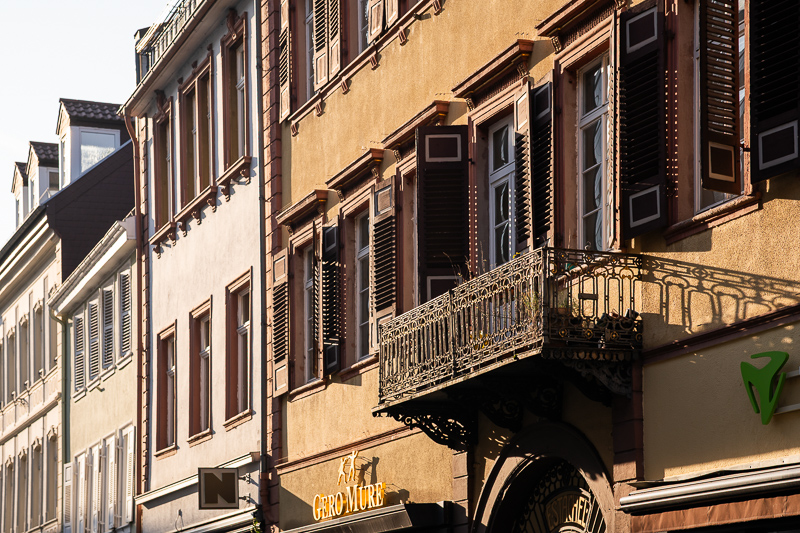



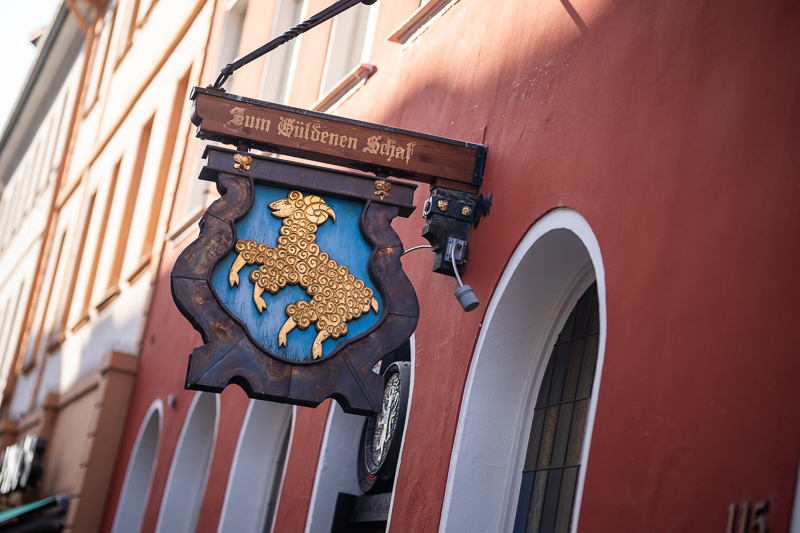
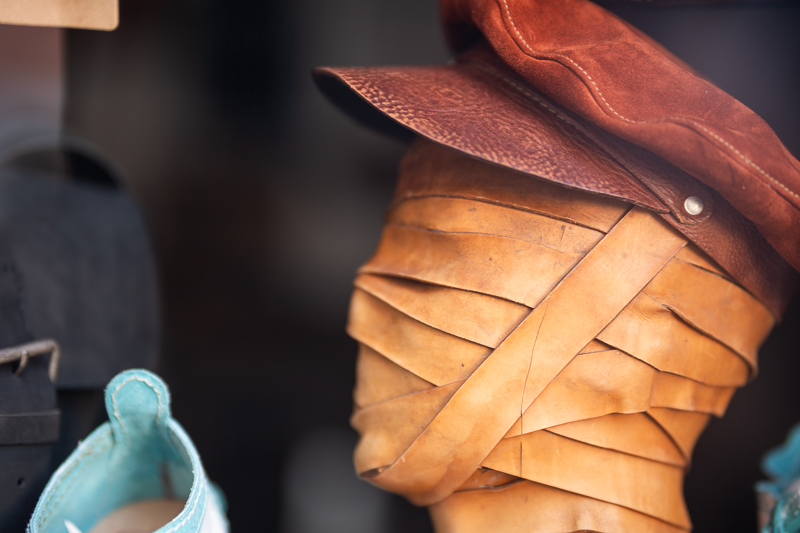

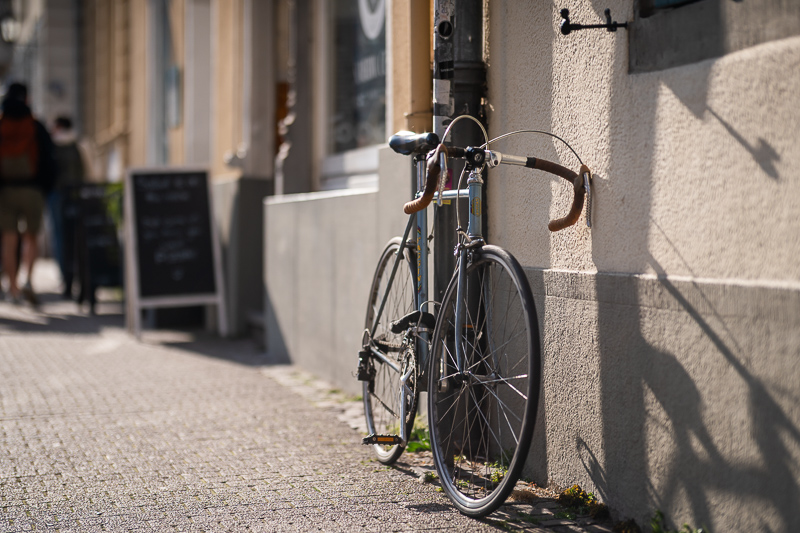



You can find many of the sample images in full resolution here.
Further Reading
- Guide to 85-135mm portrait lenses for Sony FE cameras
- The best lenses for Brenizer/Bokehpanoramas
- Review: Laowa 15mm 2.0 FE
- Review: Sony FE 20mm 1.8 G
- Review: Laowa 35mm 0.95 – The World’s fastest 35mm lens
- Review: Sigma 105mm 1.4 Art
Support Us
Did you find this article useful or just liked reading it? Treat us to a coffee!
![]()
![]()
![]() via Paypal
via Paypal
This site contains affiliate links. If you make a purchase using any of the links marked as affiliate links, I may receive a small commission at no additional cost to you. This helps support the creation of future content.
Latest posts by BastianK (see all)
- Review: Irix 45mm 1.4 Dragonfly - November 15, 2025
- Review: Nikon 50mm 1.8 Series E - November 12, 2025
- Review: Nikon AF-S 28mm 1.4 E - November 5, 2025








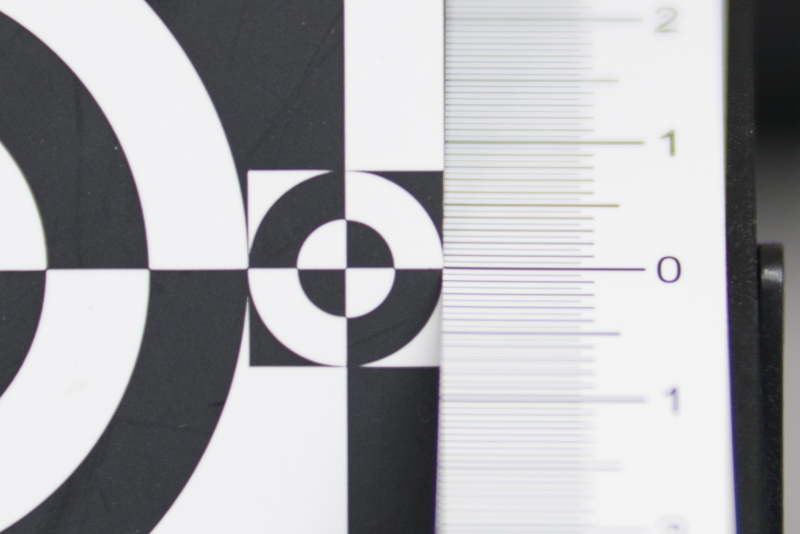
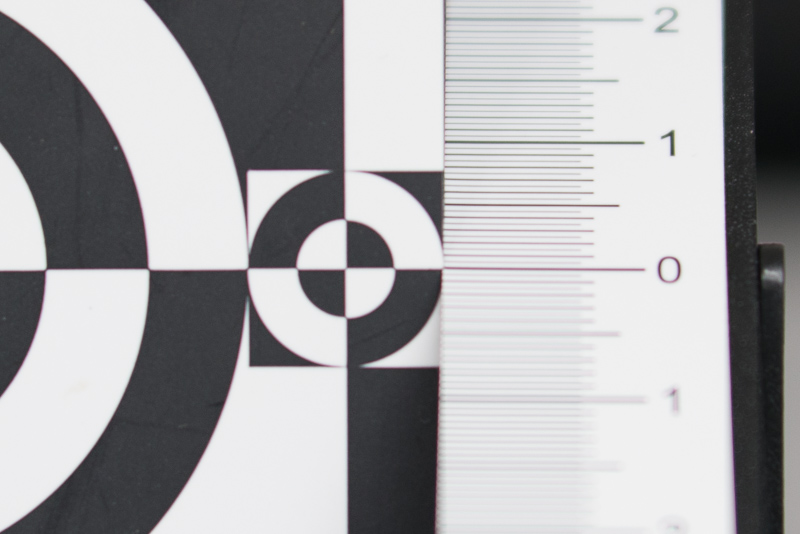

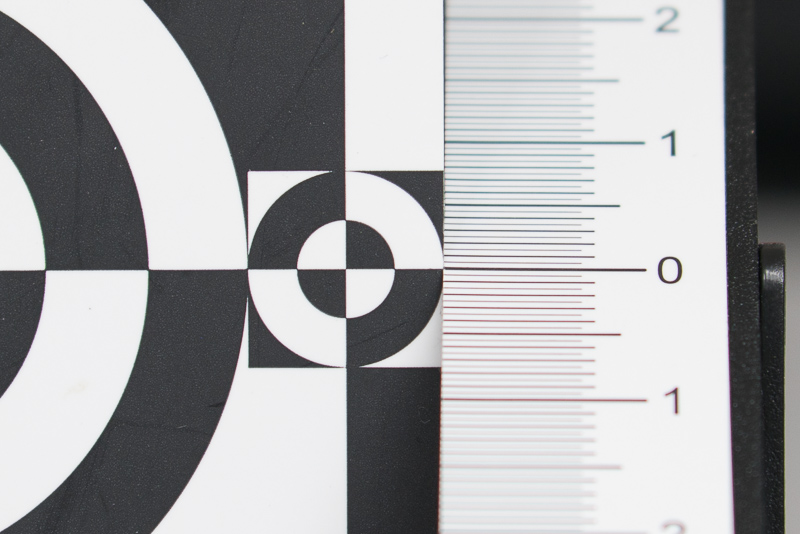
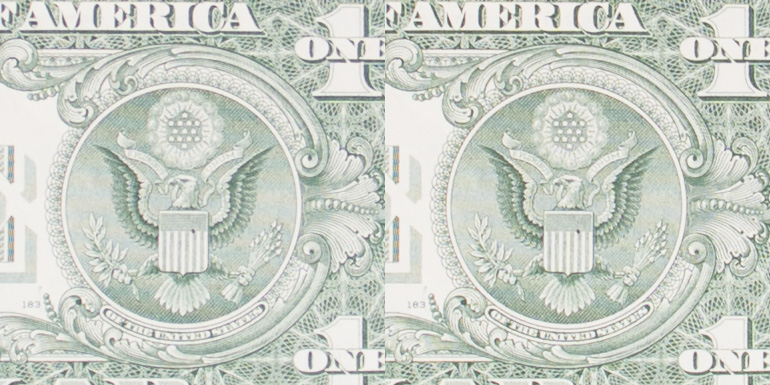
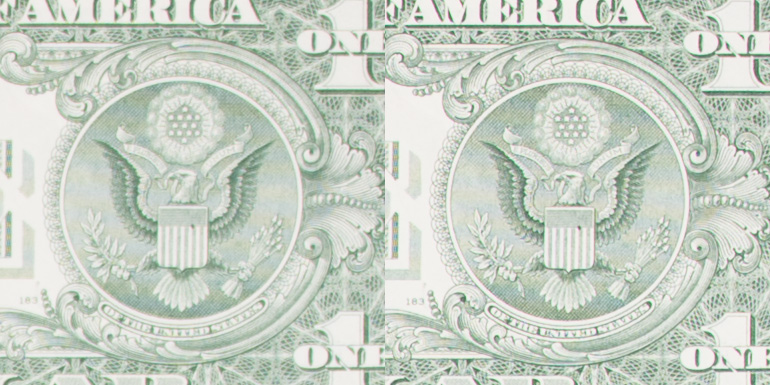
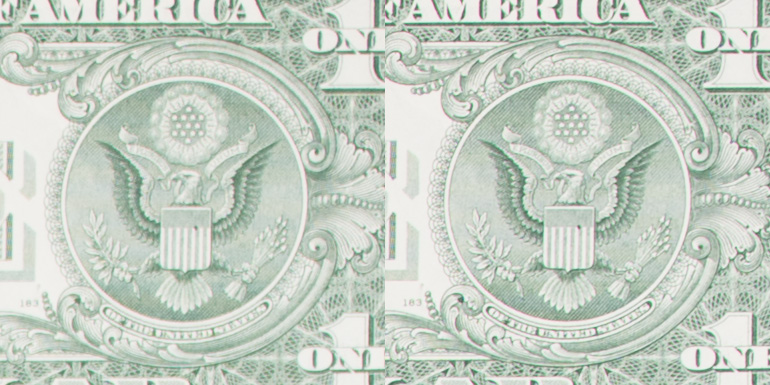




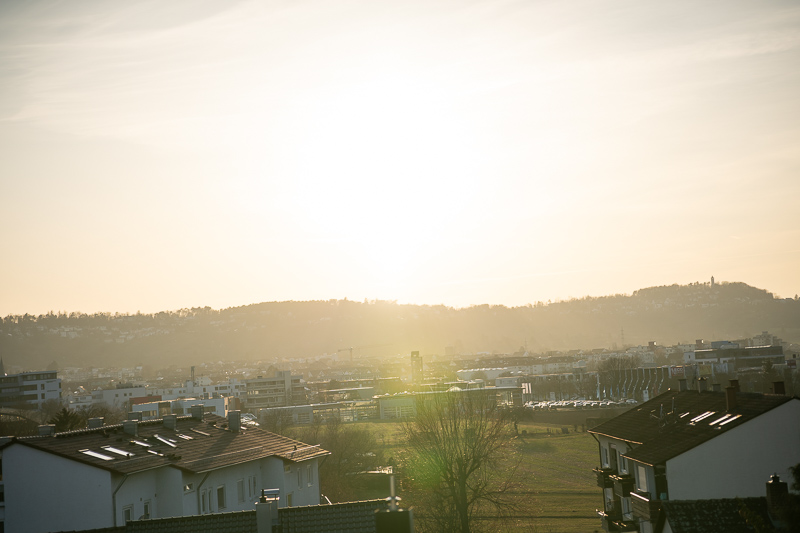
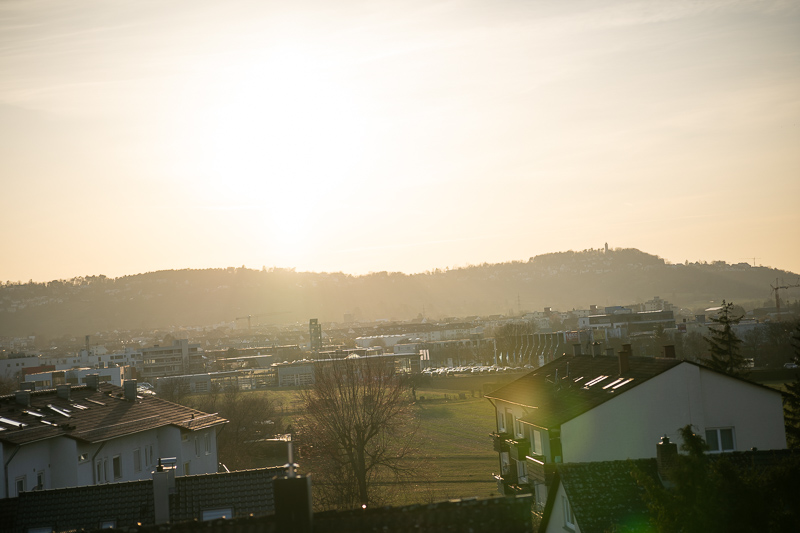

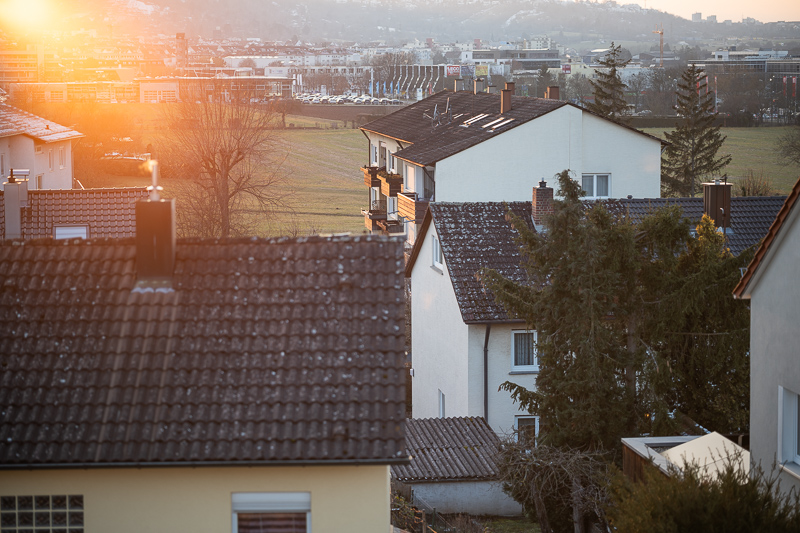



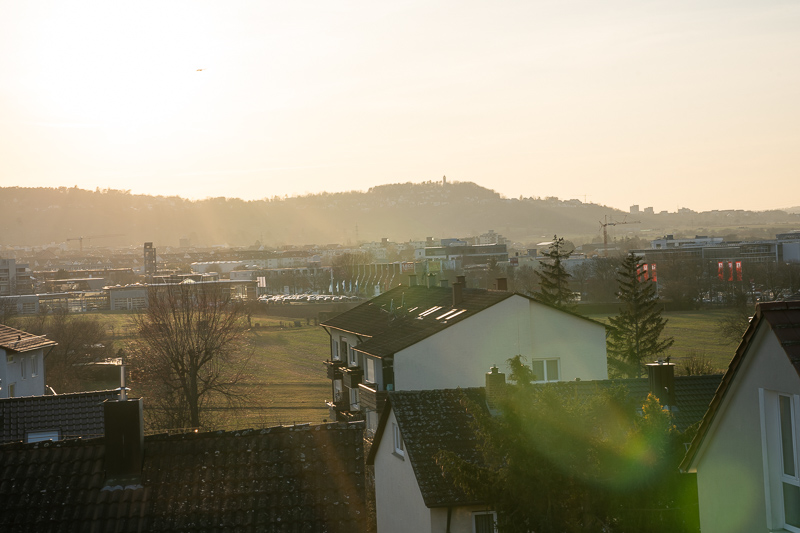



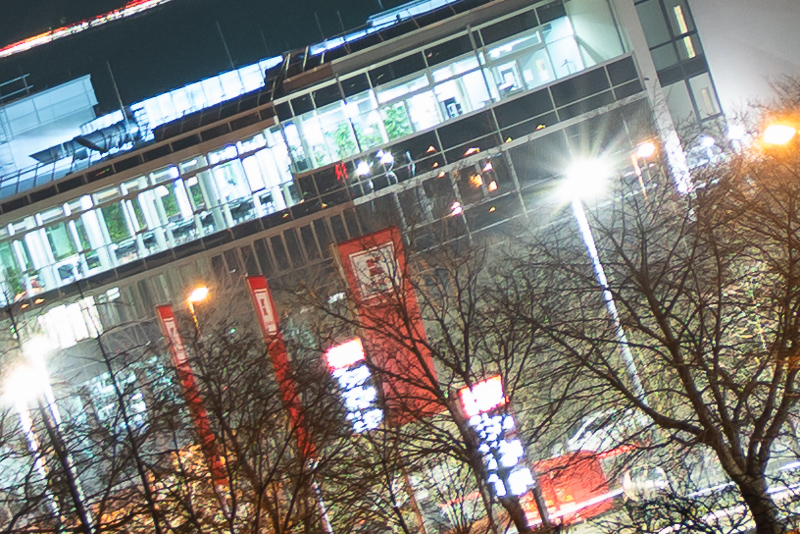
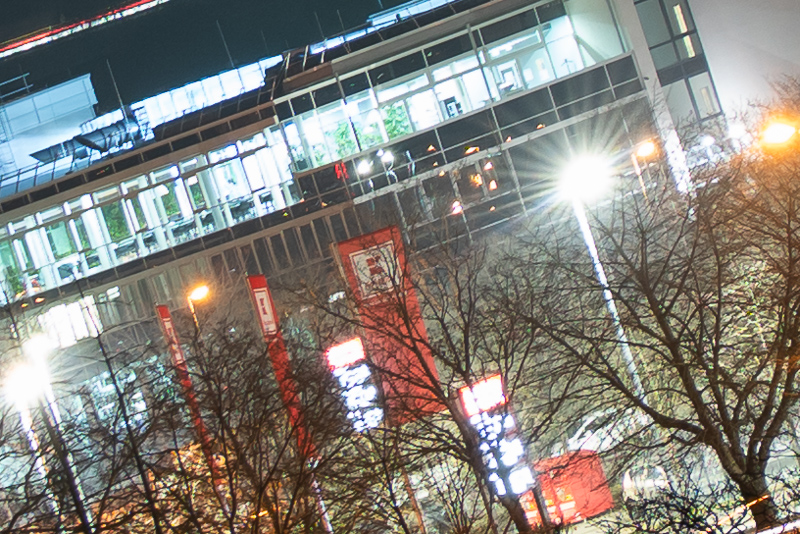
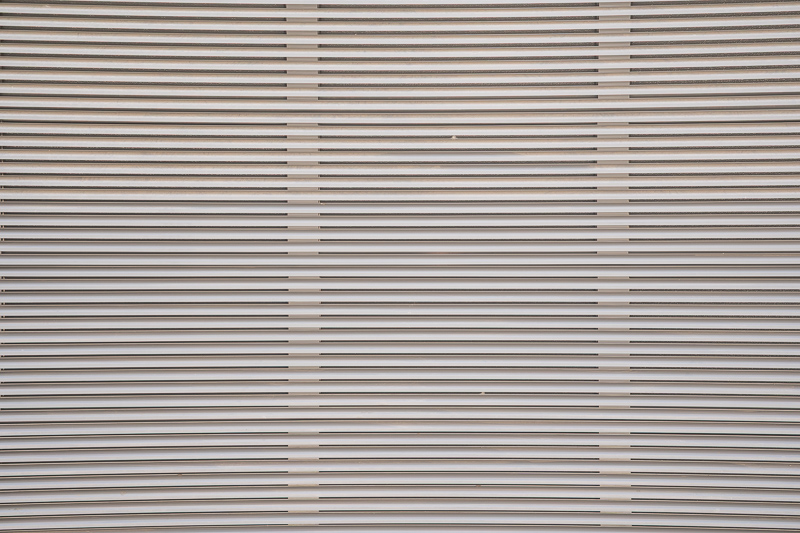
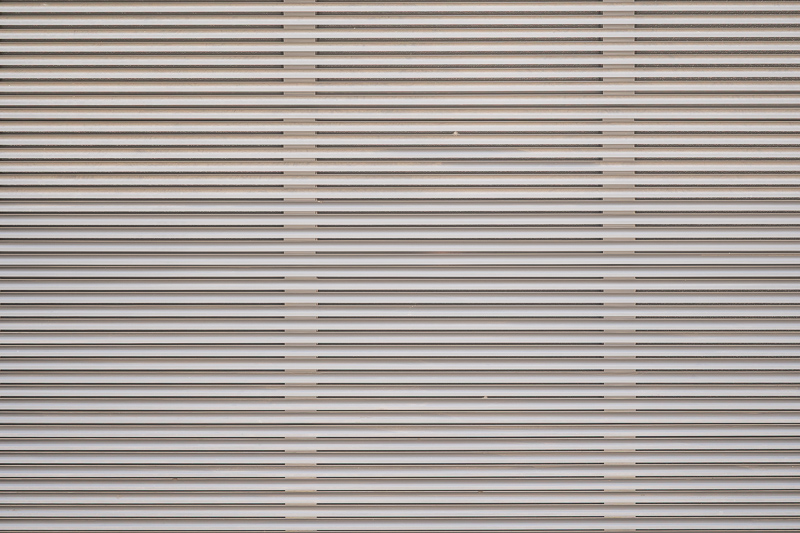
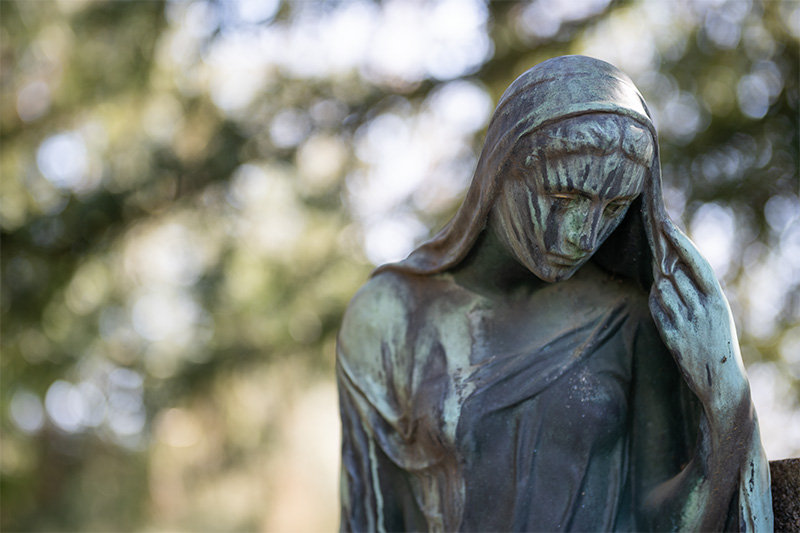


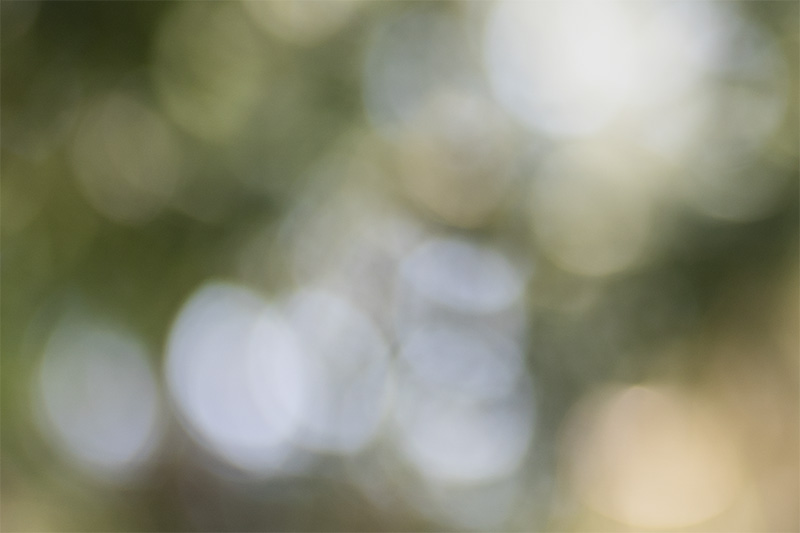
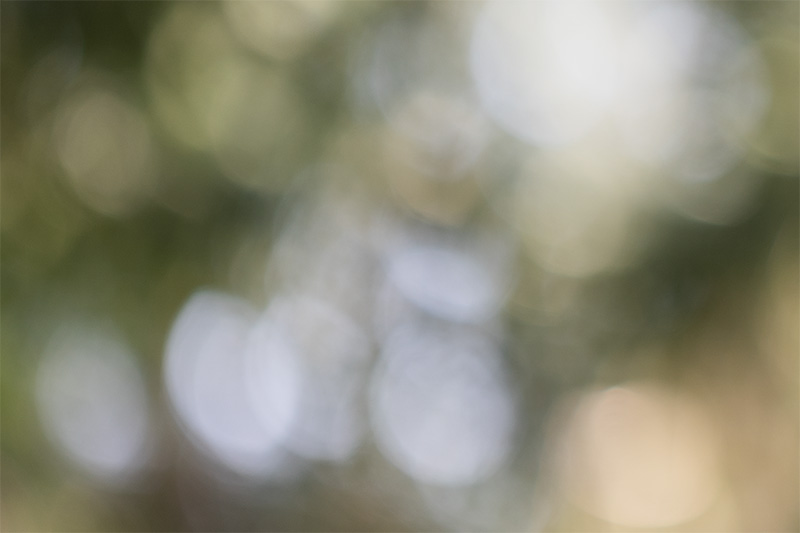
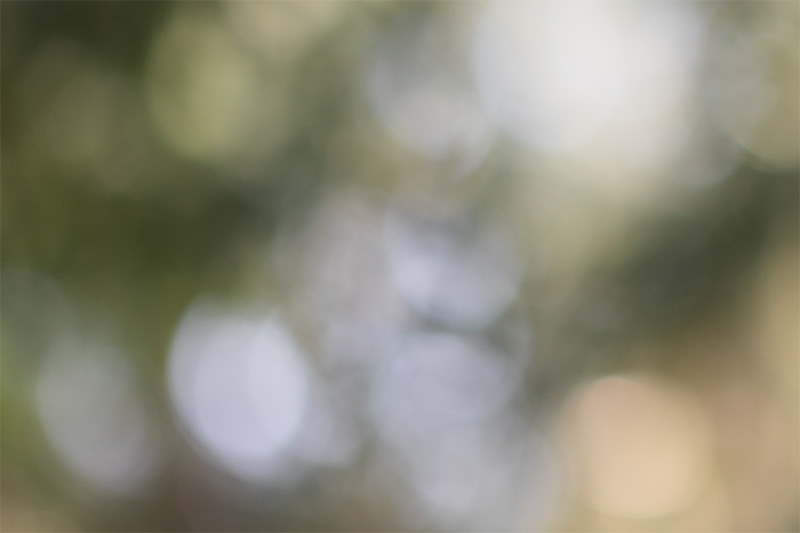
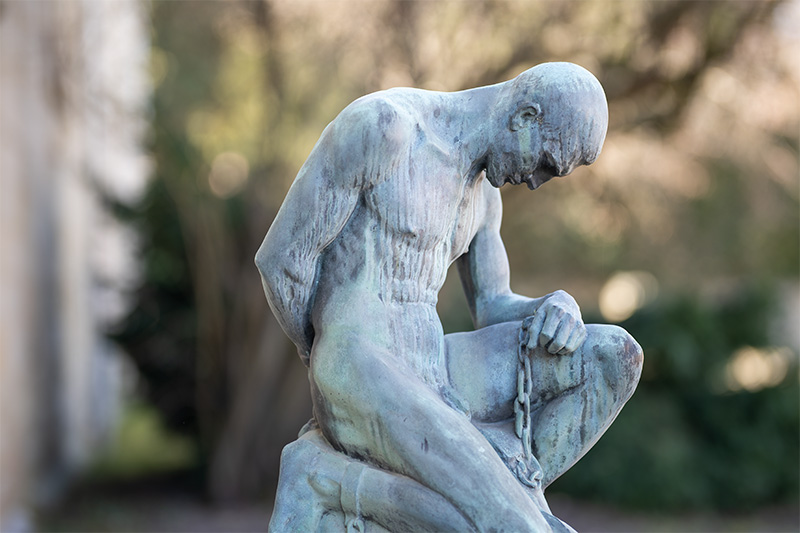
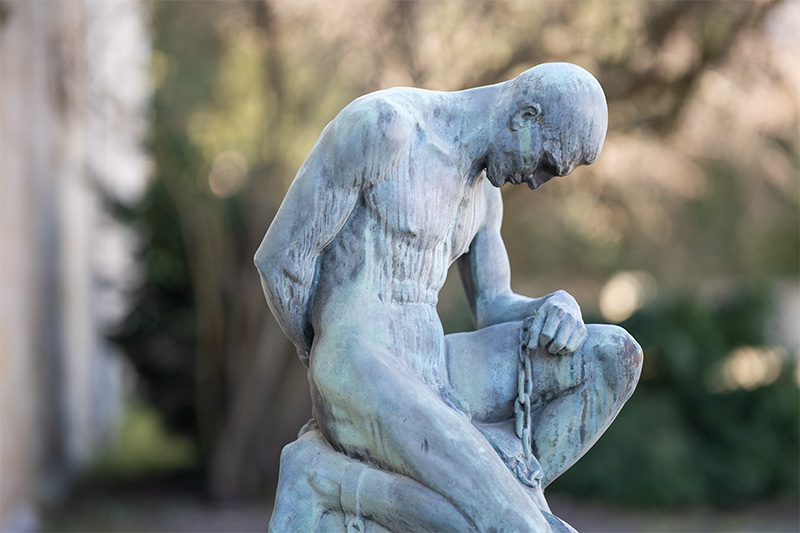
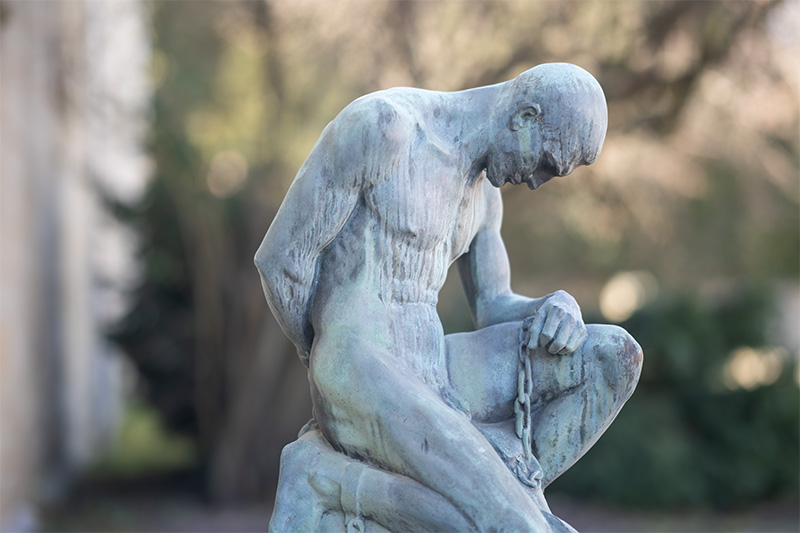

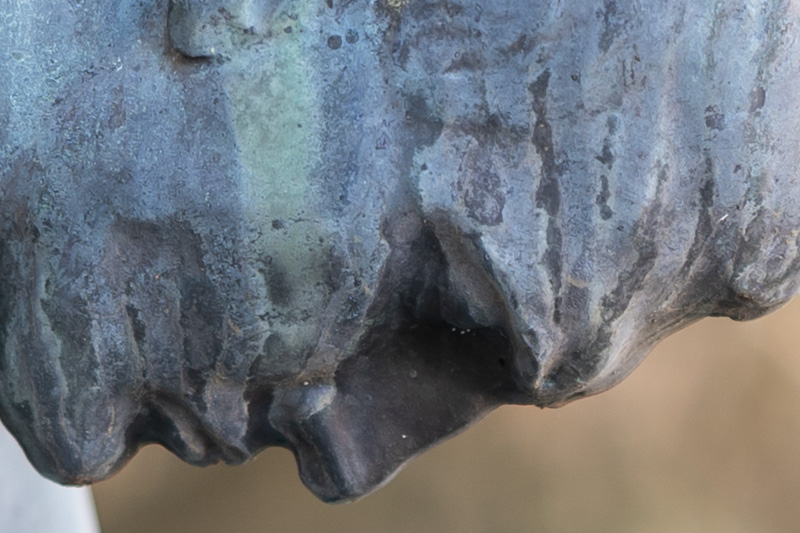

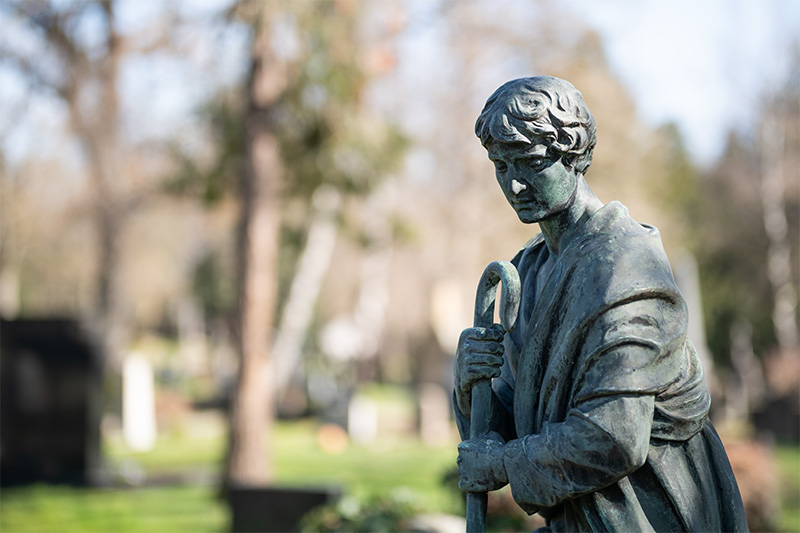

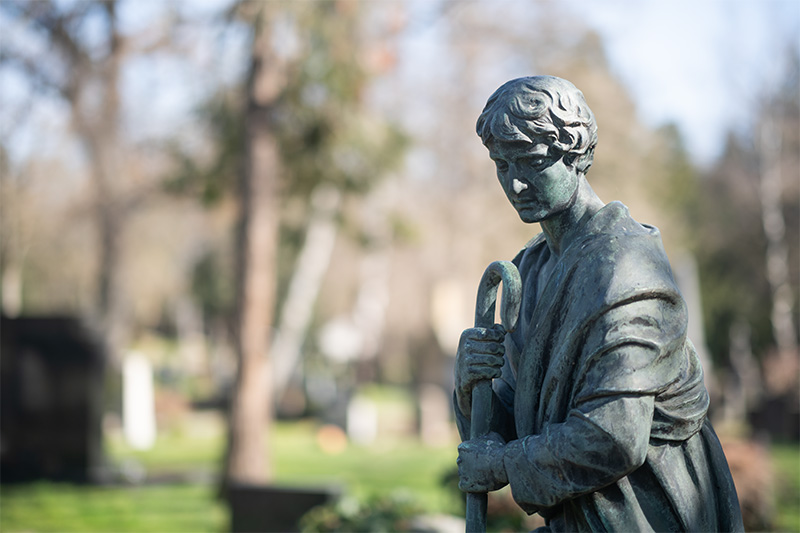

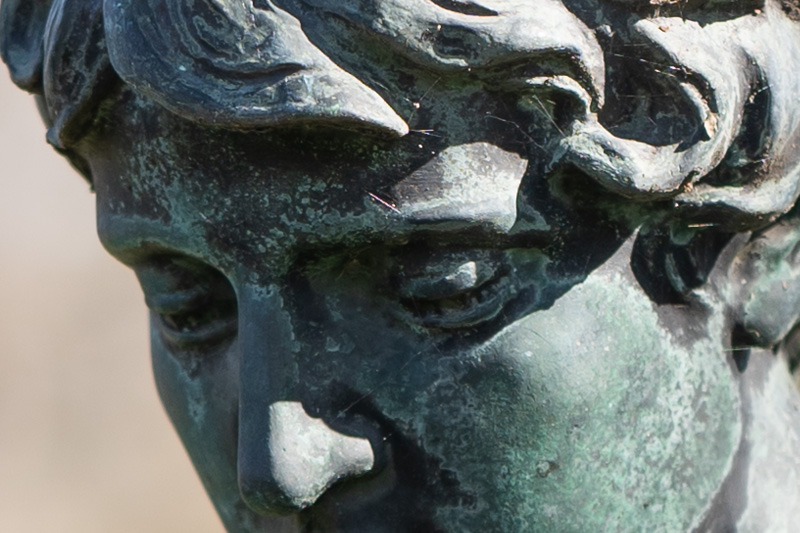
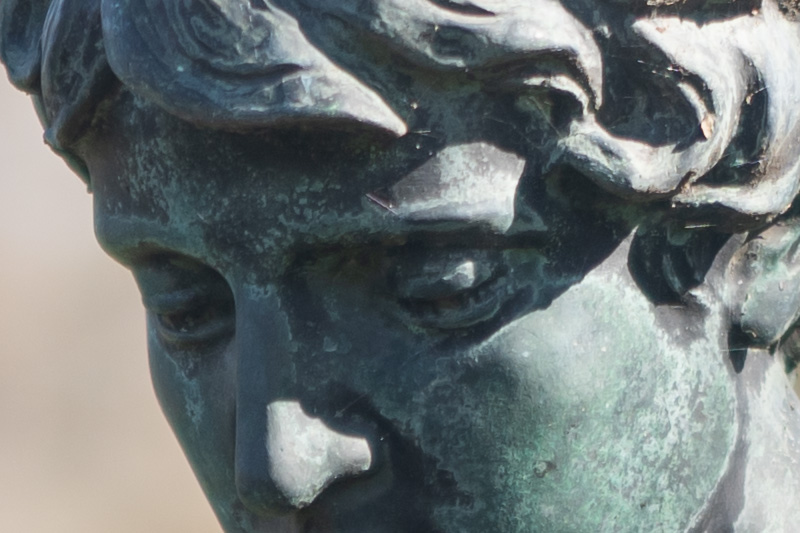
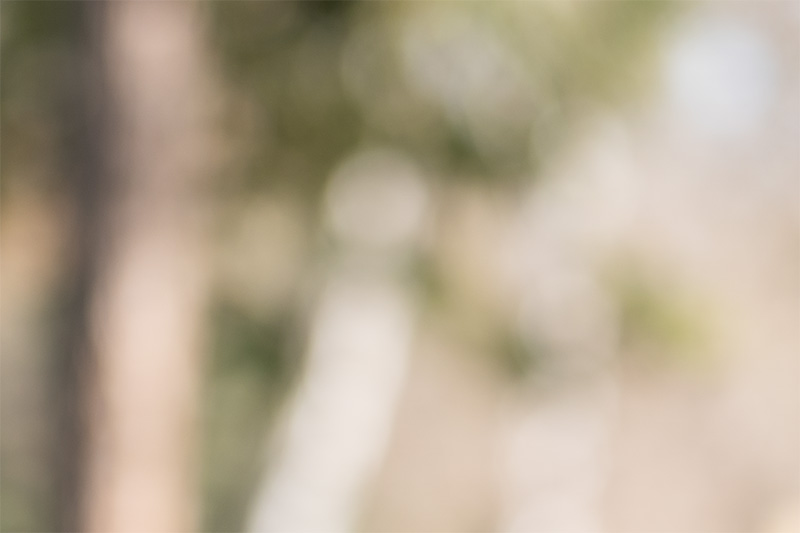
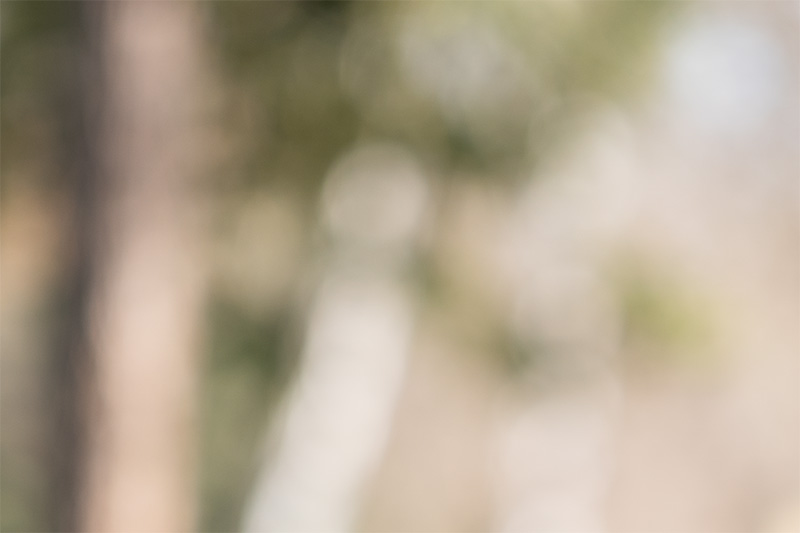

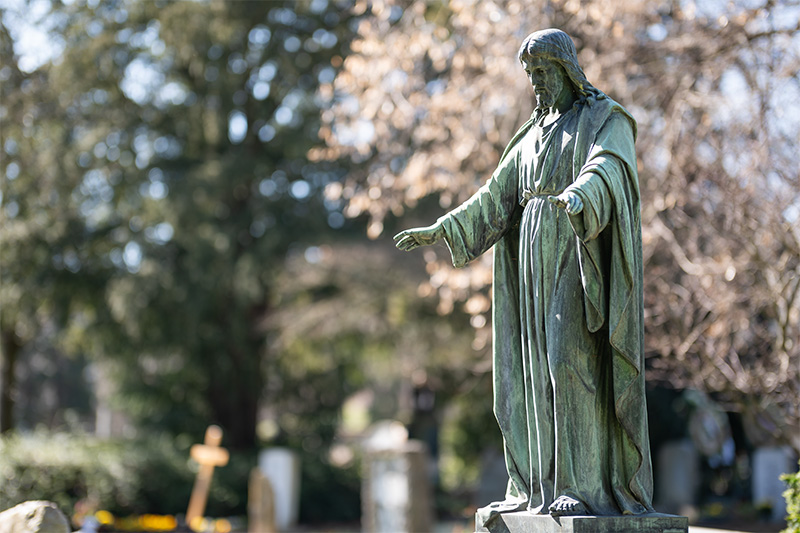
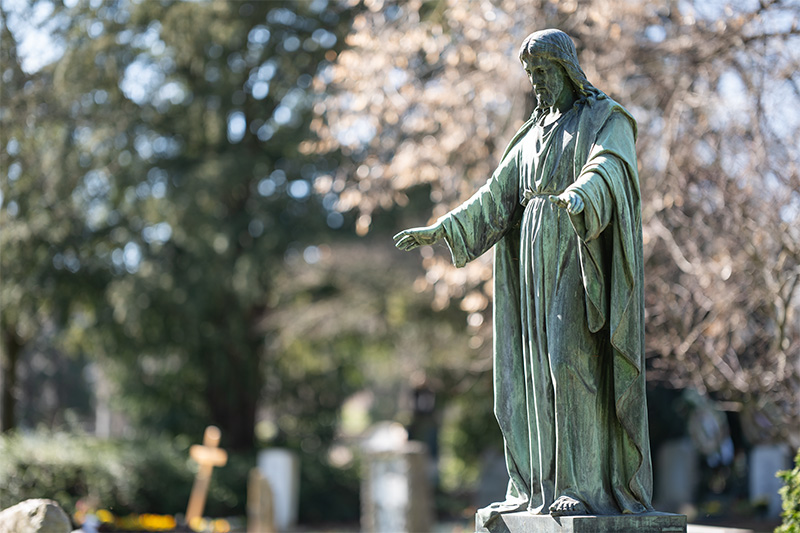
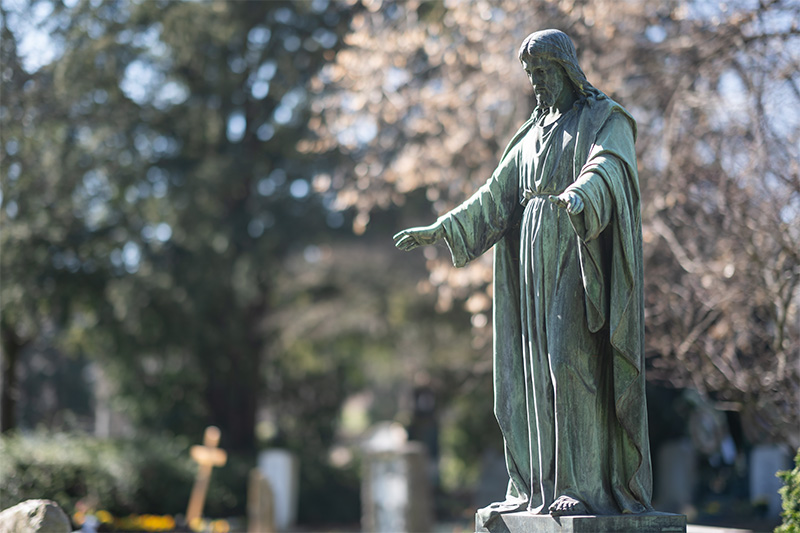
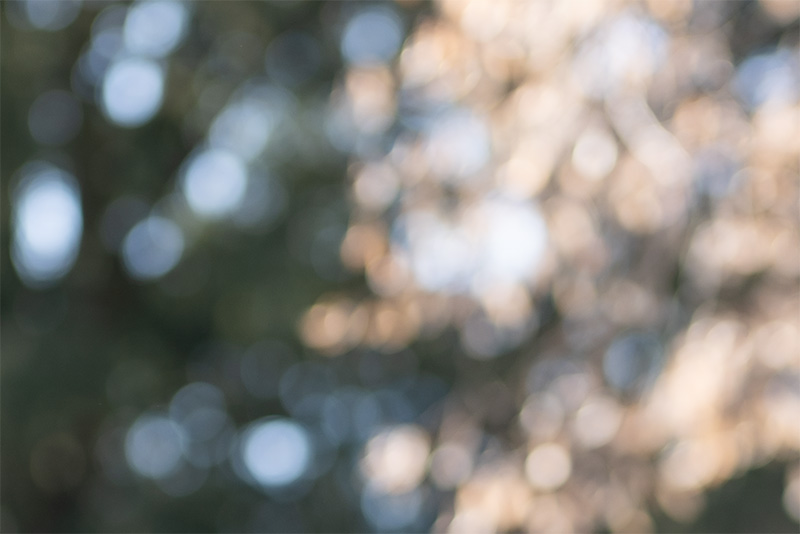
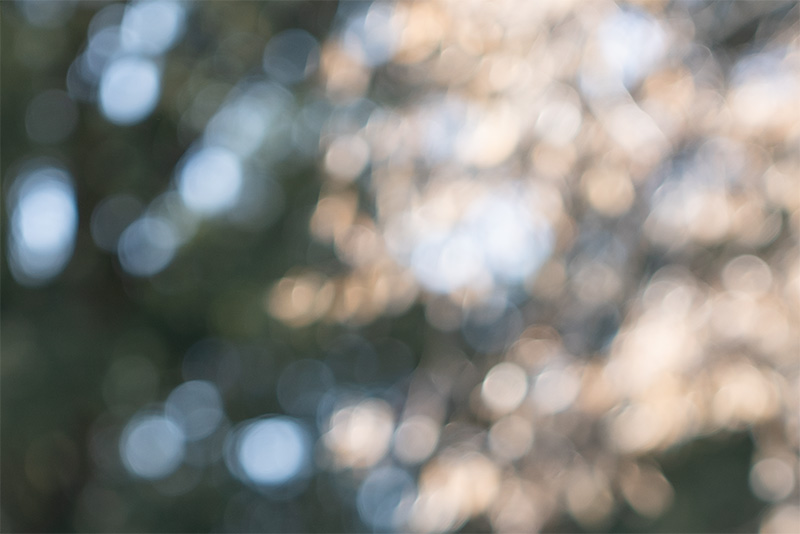

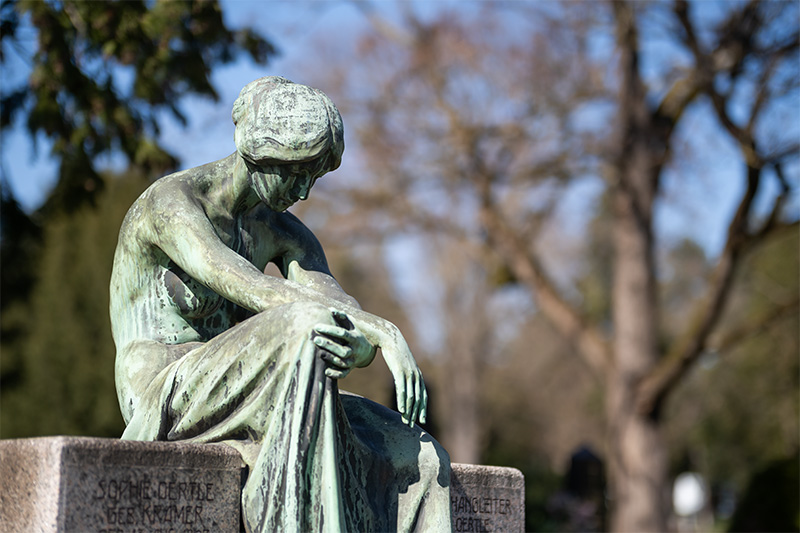
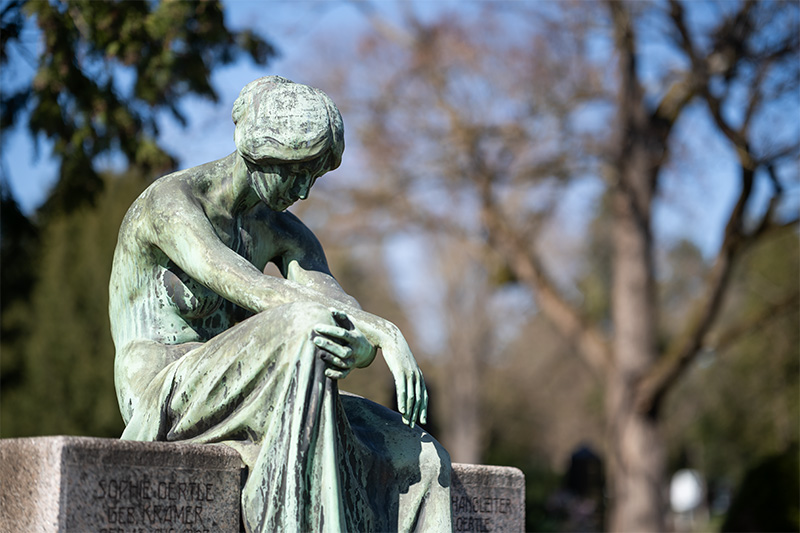


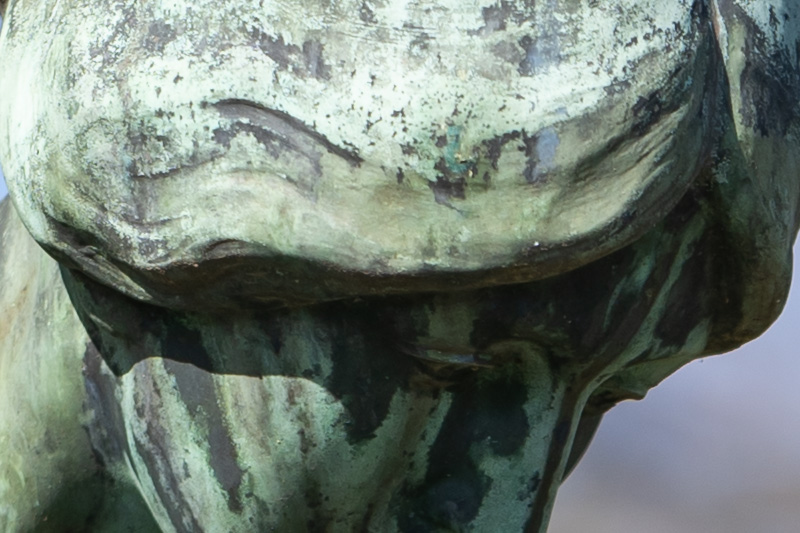

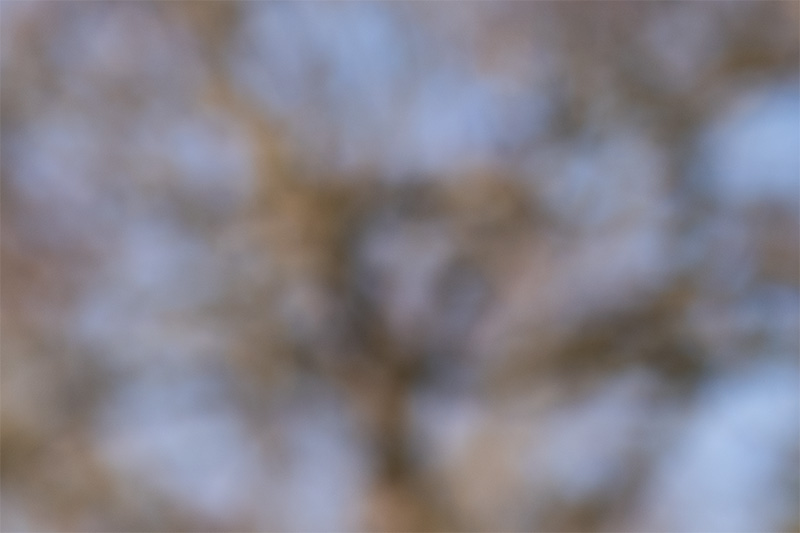
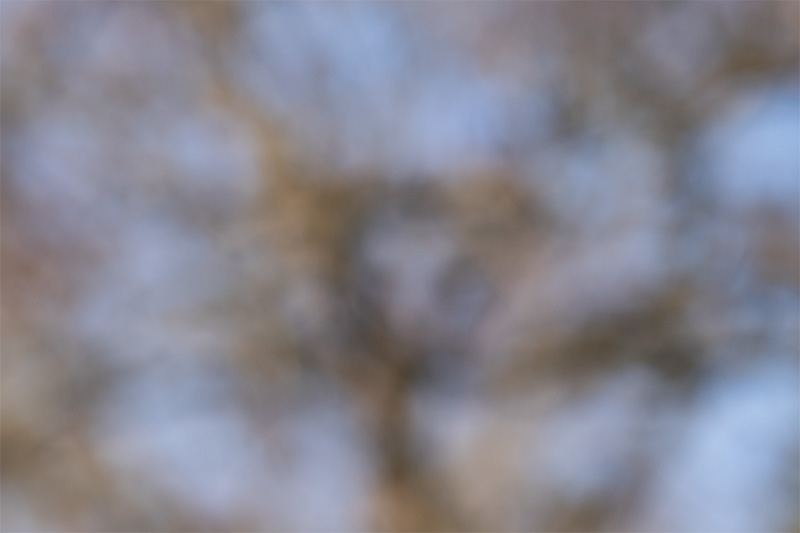
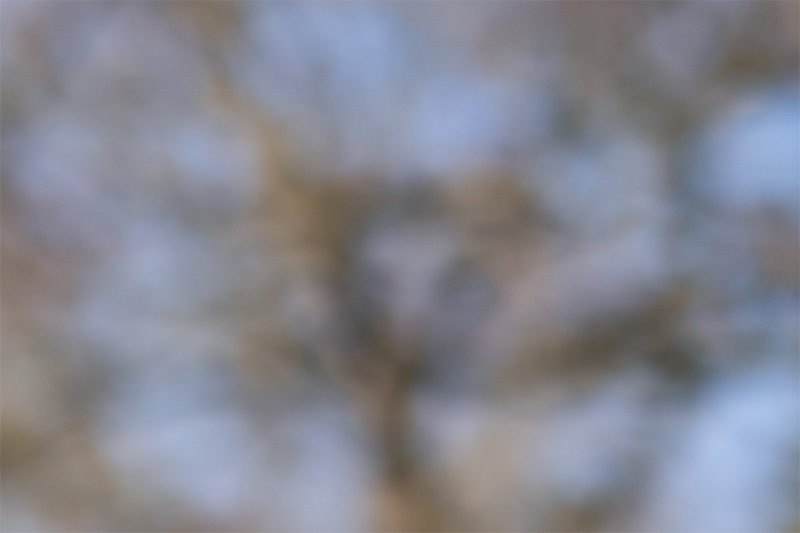



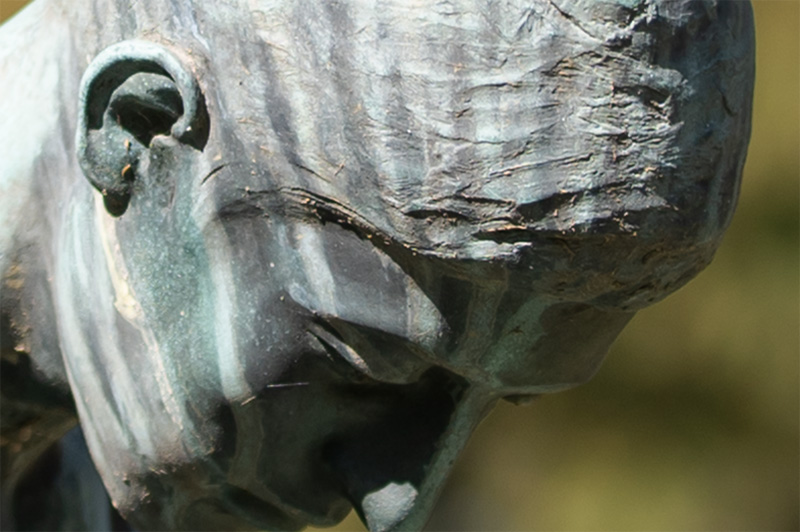
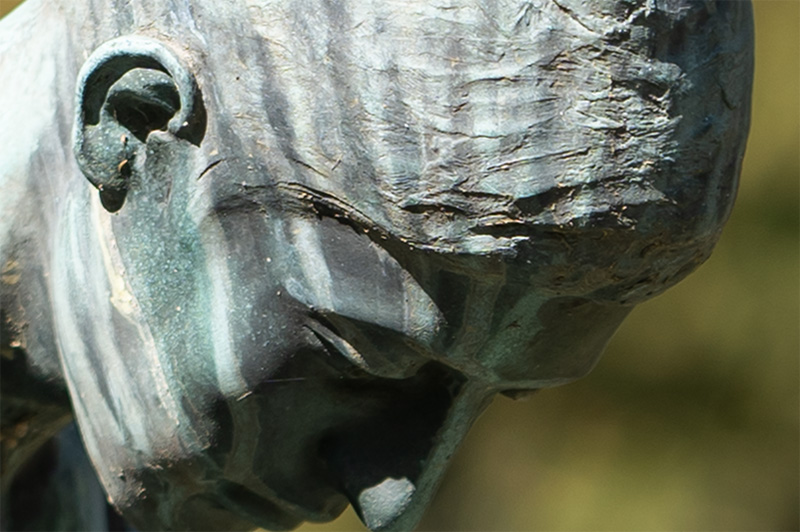
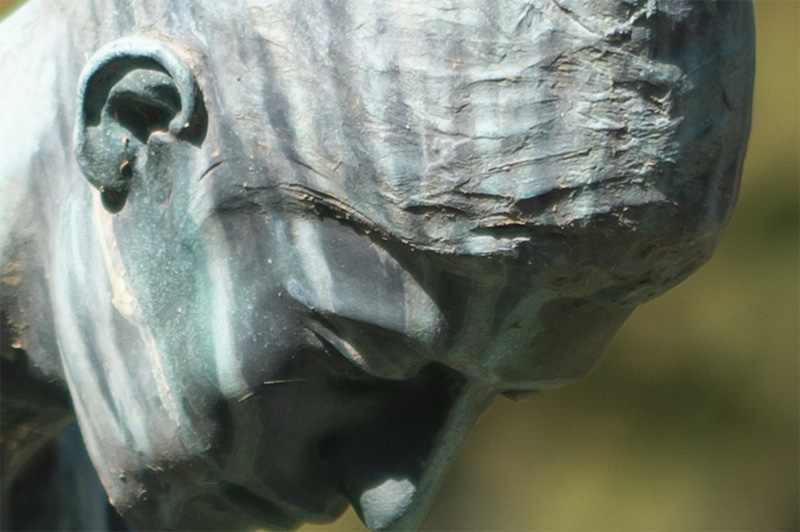
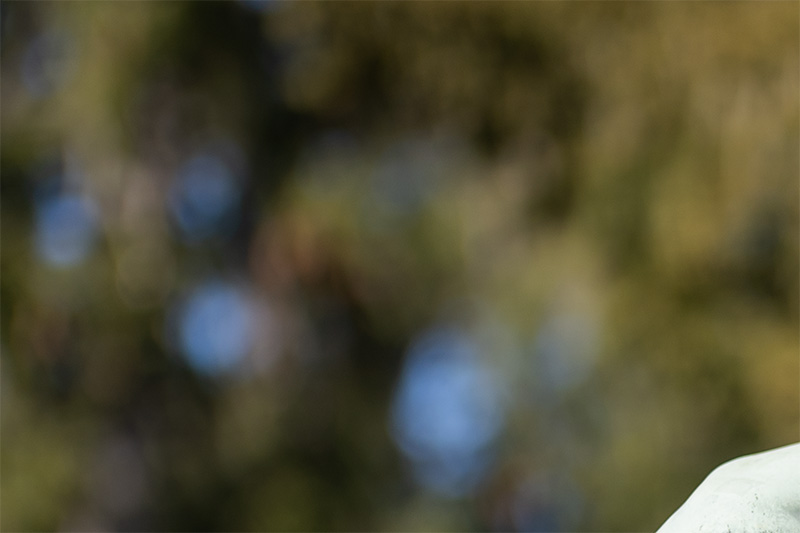
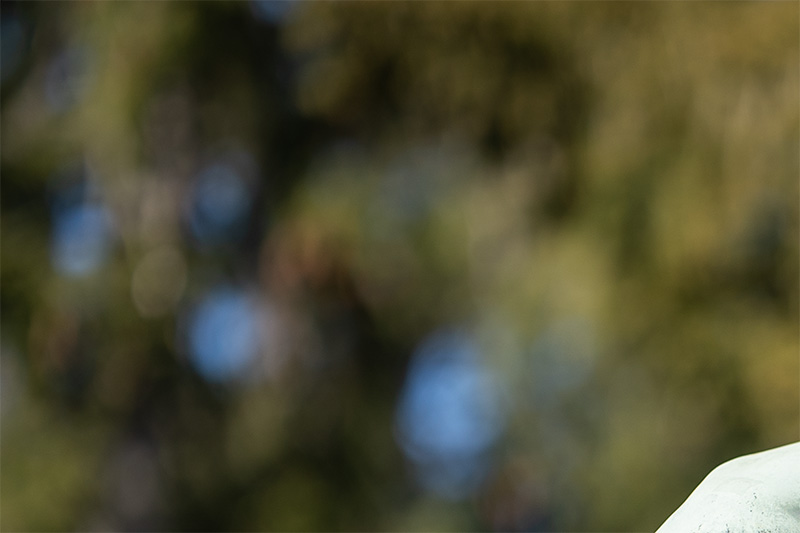
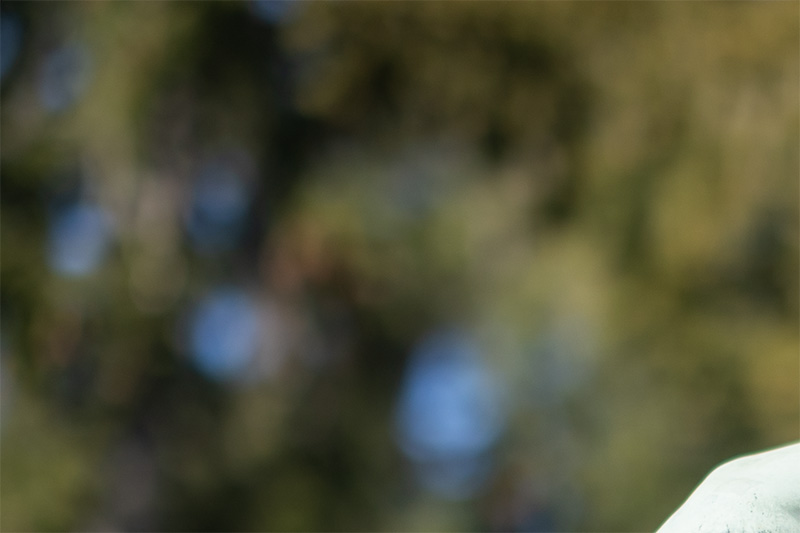


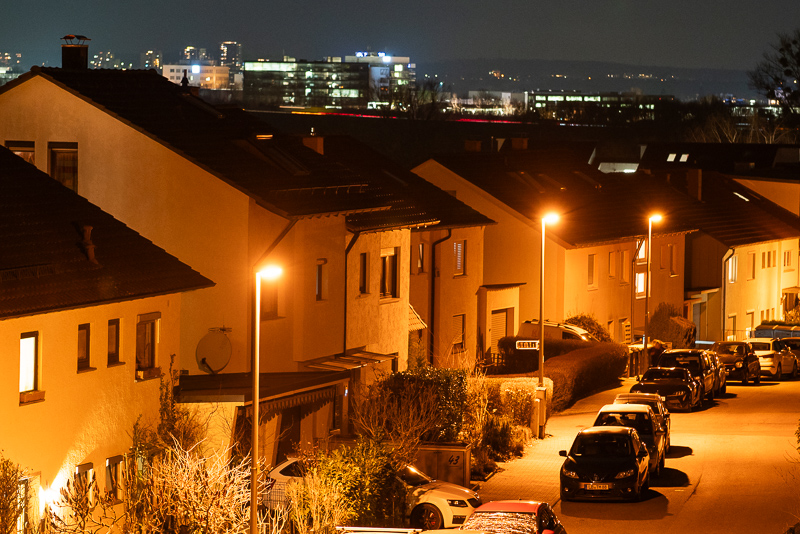

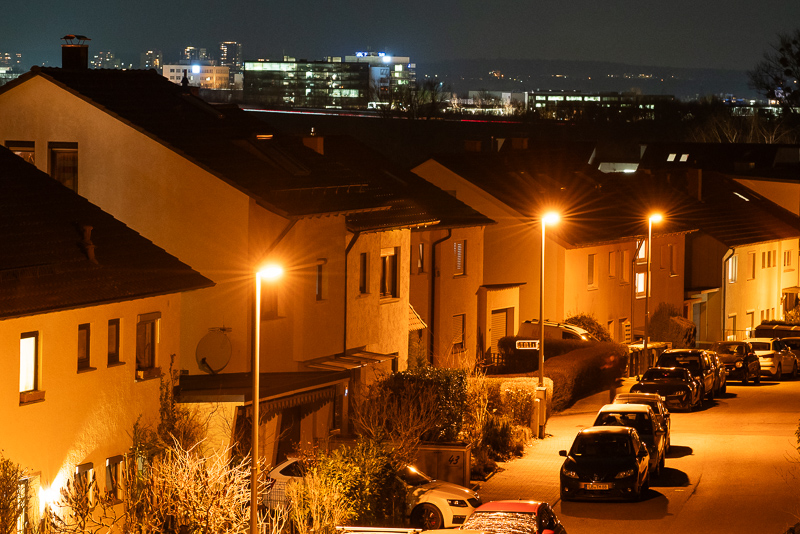
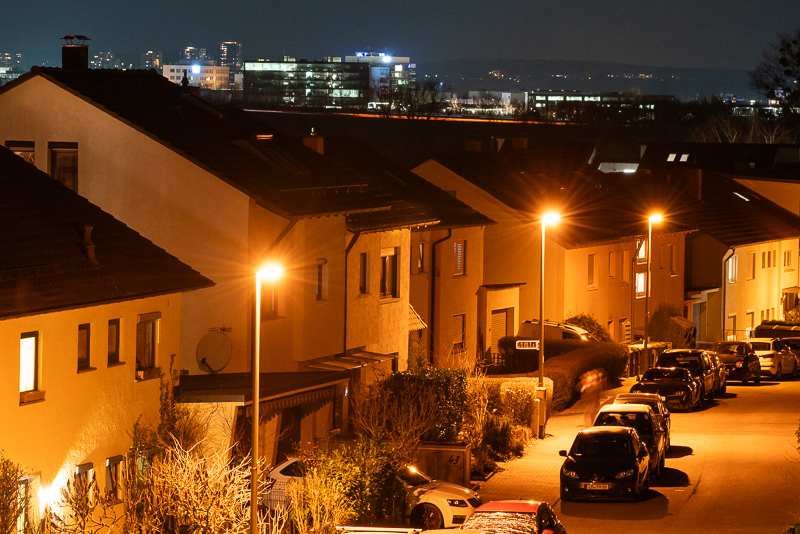
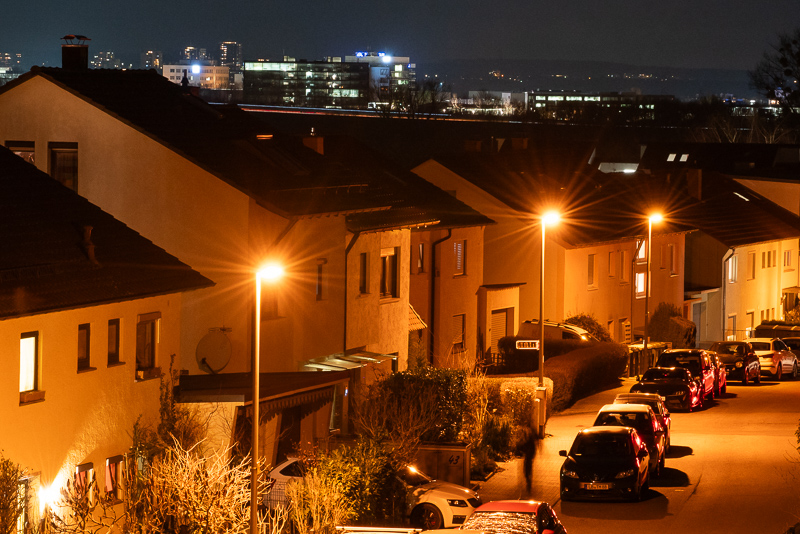
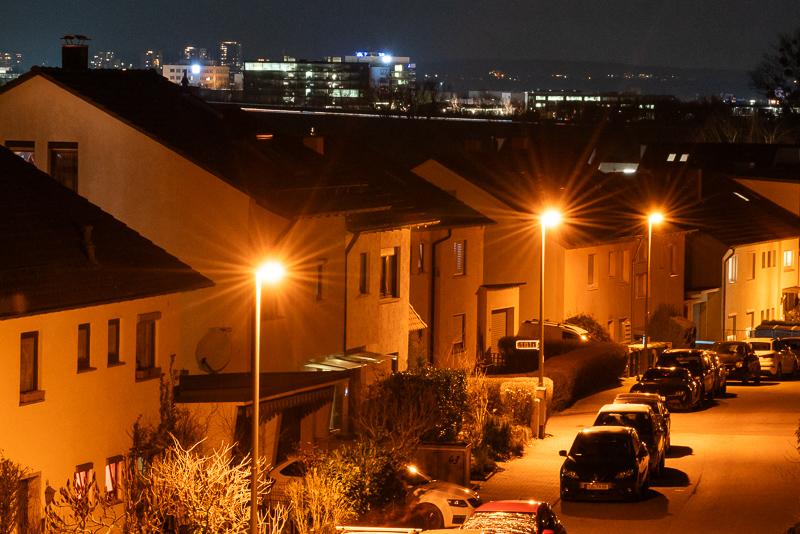
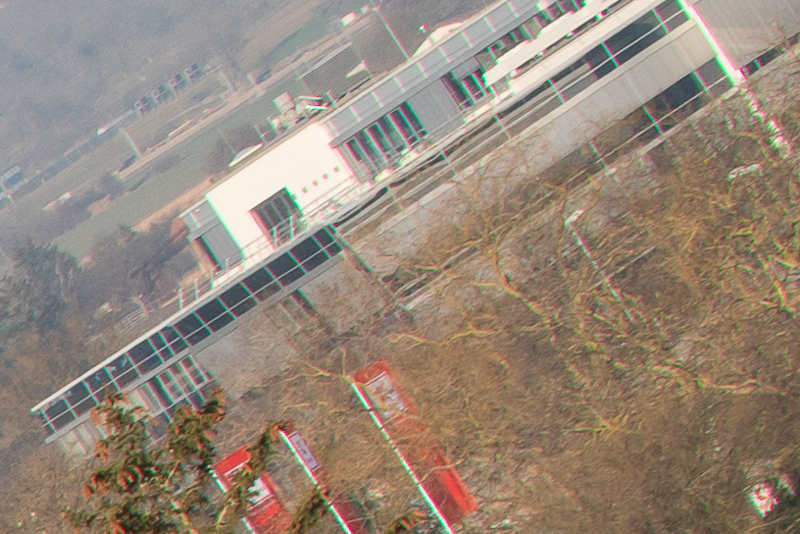

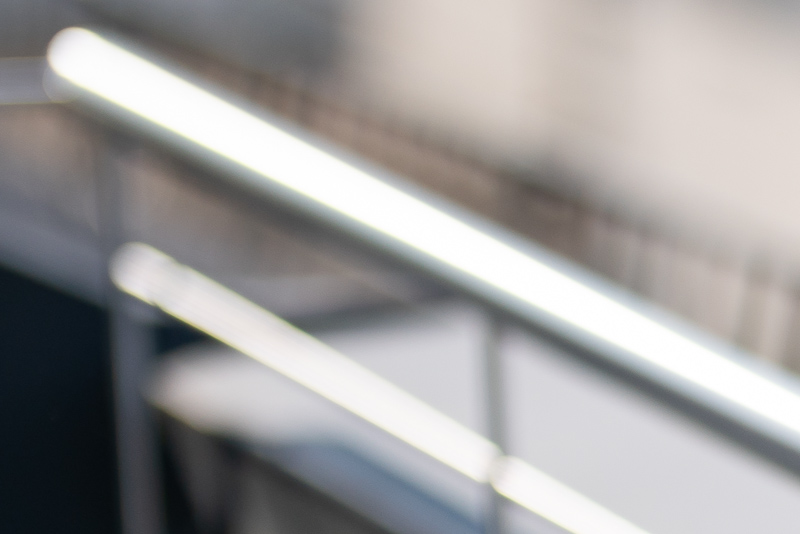

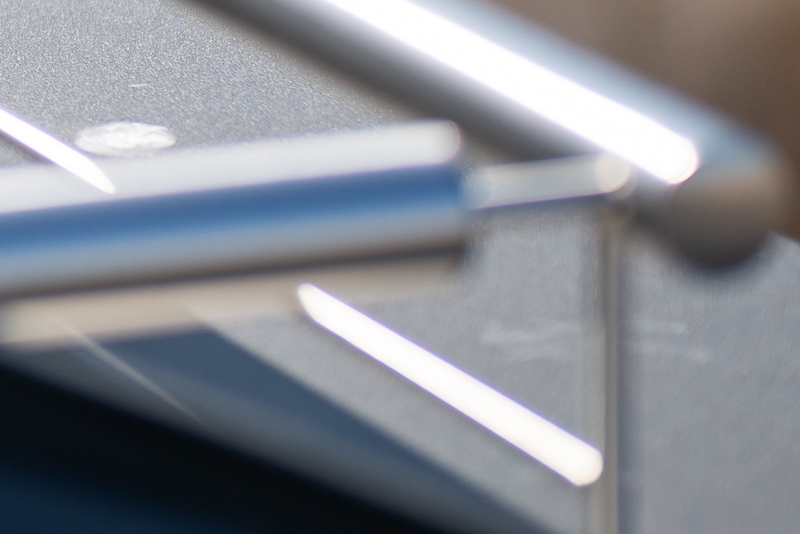
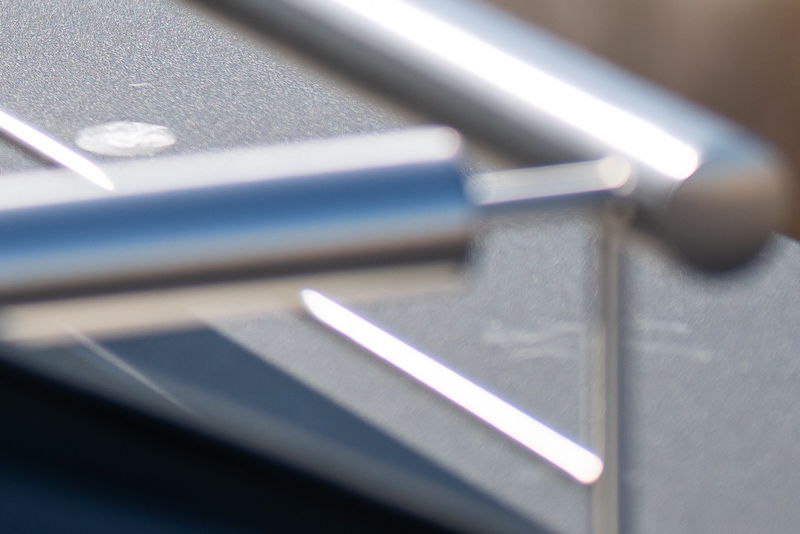
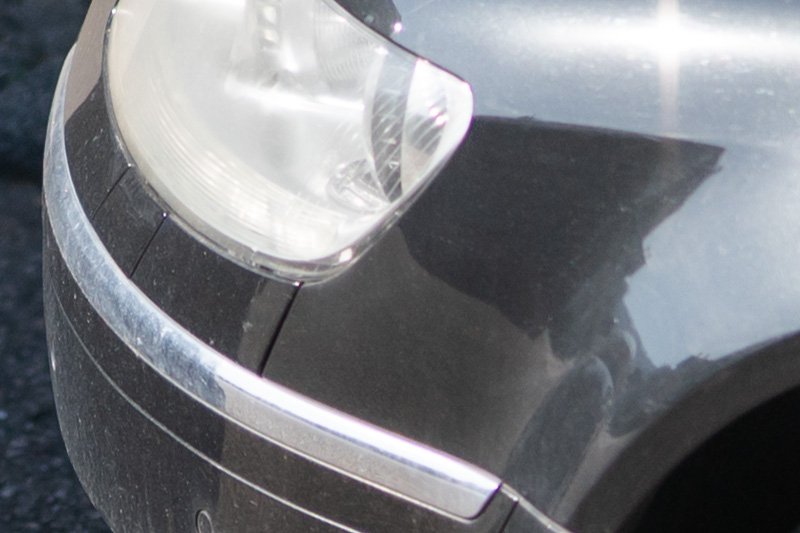
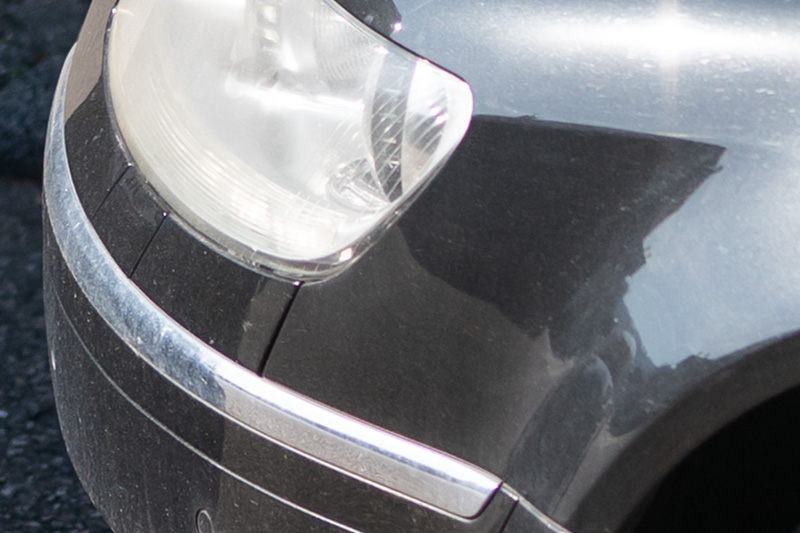
The tease of the Viltrox 85mm f1.4 Pro! 😀 I wonder when it will finally be released.. There are pictures floating about of the 85mm f1.4, the 50mm f1.4 and an APS-C 56mm f1.2. At least the latter was also shown at P&E..
Imo worth waiting for the Viltrox over the Sirui. I’d expect it to be better and not that much more expensive.
I think you have to wait around one month 😉
Let me ask this way: Has it replaced your trusty 85 GM for work?😉
Loaners rarely replace my lenses 🙂
Nice review, Bastian! With fast 85mm lenses expectations are usually at least as related to “artistic” as to the technical aspect of their performance. That being subjective, I think we can still say that this lens provides very satisfactory results; at least when not pushed over its limits.
My impression after reading this, and looking at the images, is that the lens is a great cheap(er) alternative to GM MKI, for those who appreciate the rendering. Even flaring can be a plus for some–to a degree at least.
I’d prefer this over GM MKII overall. That being said, performance at MFD is appalling, and it would quite possibly be a deal breaker for me personally.
The smaller size is a nice bonus.
All in all, lately it really pays to wait for Viltrox to release their comparable lenses. More often than not they turn out to be the “best buy”; so I agree with Felix I guess. Hopefully it’s a more interesting lens than the 135mm (almost) everyone hyped.
Possibly the best thing about these 3rd party lenses from China is that they often really drop in price on the second-hand market. Who knows, in a year or two this might become a perfect option for some eBay hunters. It’ll probably end up way cheaper than most vintage options.
Thank you for this review! I’m quite impressed by the light weight of this lens and performance. One thing I’m a bit confused though. In the focus shift section it appears the lens has noticeable LoCA, but in the LoCA section there is very little. Maybe I misunderstood something?
LoCA behaviour can change with the distance, but I don’t see a lot in the focus shift section either.
“Such strong lateral CA are not something I come across often in a modern lens. As you can see it even pushes the digital correction to its limits, as some faint discoloration remains even after correction.”
Conclusion: “Good: CA correction”
How does this align? CA correction is definitely not good, was expecting to see this in “not good” or at least “average” section.
Because the correction of longitudinal CA is in fact good and the correction of lateral CA pretty much irrelevant because the correction still does a good enough job.
I may separate those two though.
I was impressed with the 3d effect and separation in the sample photographs. The bokeh is delightful and this lens would be just the ticket for street photography in situations where the photographer didn’t have to be extremely discreet. I would use it for outdoor informal portraiture. In other words, all the usual things that make a fast 85 so nice. My only concern, which is the case with all the new manufacturers, is whether the lens will hold up to hard usage. Only time will tell.
TBH this might just do it for me. I don’t mind the limitations and I think that it will be very good value on the used market for a poor graduate student. My other considerations were the CV 75/1.9, 75/1.5, or the Thypoch 75/1.4. While the other lenses have more beautiful rendition, i have plenty of that from other lenses but I need a better lens for shooting events and this still renders very nicely. I don’t expect the 3 just mentioned will perform adequately well with my M-E AF adapter. Did you find this lens was missing its target at all? or was it just slower? Did you try the eye AF with it?
Eye AF works okay, it does sometimes miss target eradically though.
Thanks for the review and the nice sample images. The lens’ performance looks much better than I’d have expected (after a bad experience with Sirui filters). Is it made by Sigma? (The exterior looks a lot like a Sigma lens).
In my opinion the Sony 1.8/85 is another alternative, since its price is often lower nowadays. I find it to be light, with fast and reliable AF and nice image quality. I can’t say how it compares to the Sirui lens, but I’m guessing it can hold its own. The bit of missing speed, won’t be too much of a factor IMO.
Don’t think it is made by Sigma, no.
Such an amazingly comprehensive test!
Thank you for your work! Would there be a chance you could also test and compare the Meike AF 85/1.4?
It was initially plagued in the early firmware versions by bad AF, but it’s been fixed now and seems to be very impressive lens, especially since it’s by far the cheapest of the bunch – with very often coupons offered on meike global official website it’s not difficult to buy it for around ~$400(i ordered it myself this week for exactly $419).
I’ll definitely test it myself as well, but without having other ones to compare it’s meaningless in isolation hah.
I may review it one day, but nothing is planned at the moment.
Nice review Bastian!
I have the Sony 85/1.8 and Sigma 85/1.4 but I’m tempted by either this or the Samyang mkii due to size, weight, distortion and mechanical vignetting. the new Samyang 85/1.8 lens looks pretty interesting for combining with the A7CR too actually… hmm, which one to go for… too many 85’s!